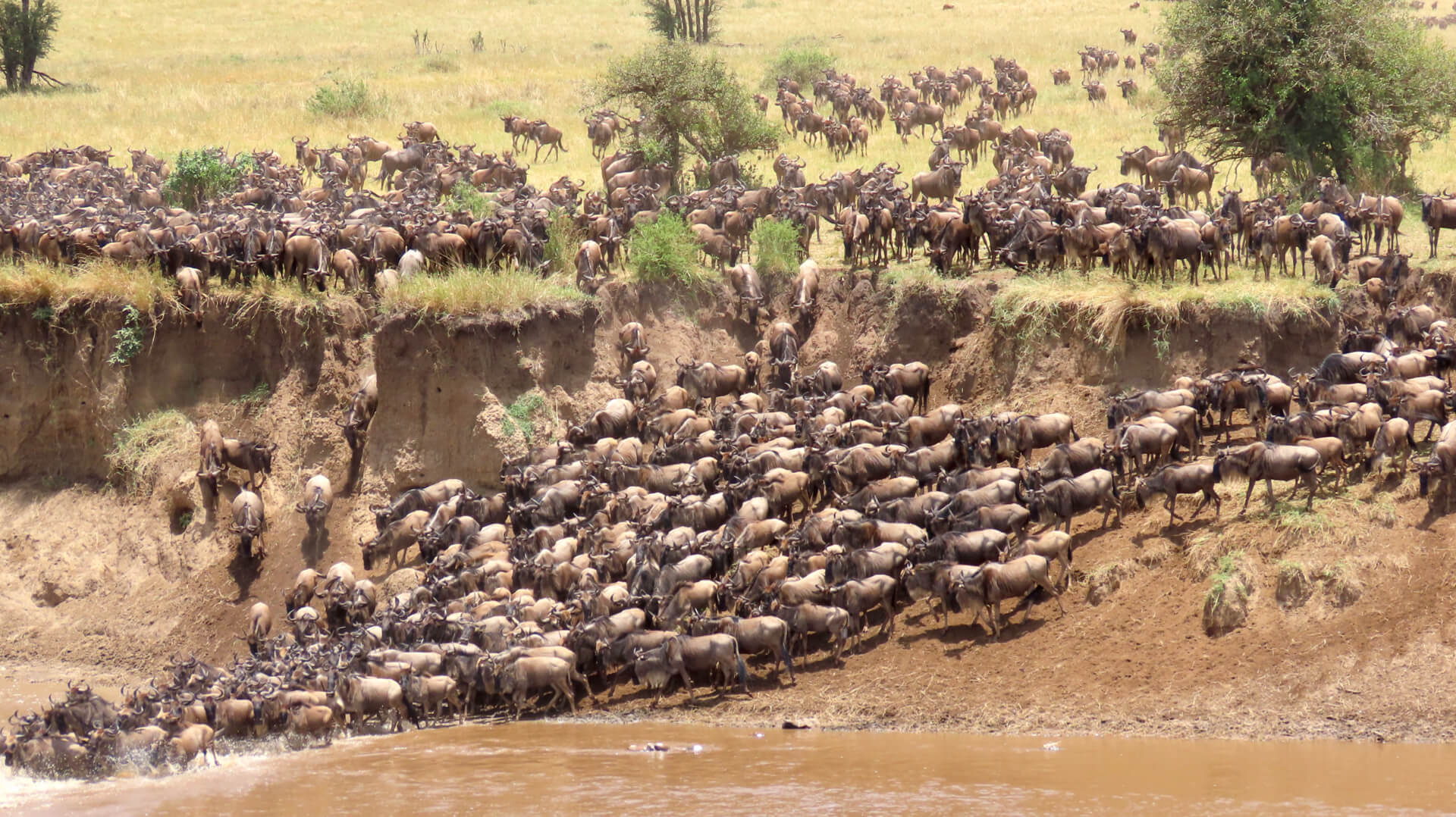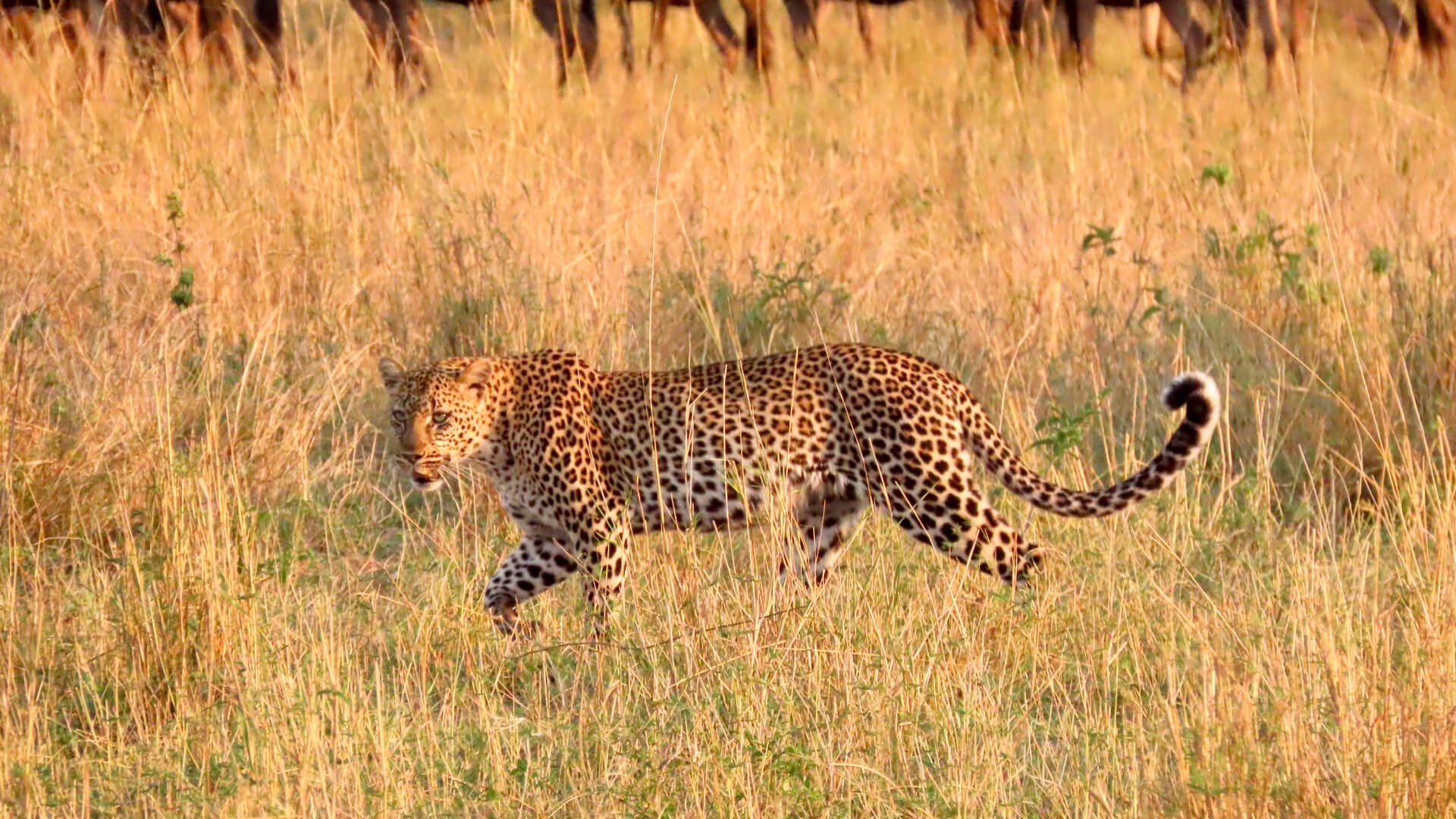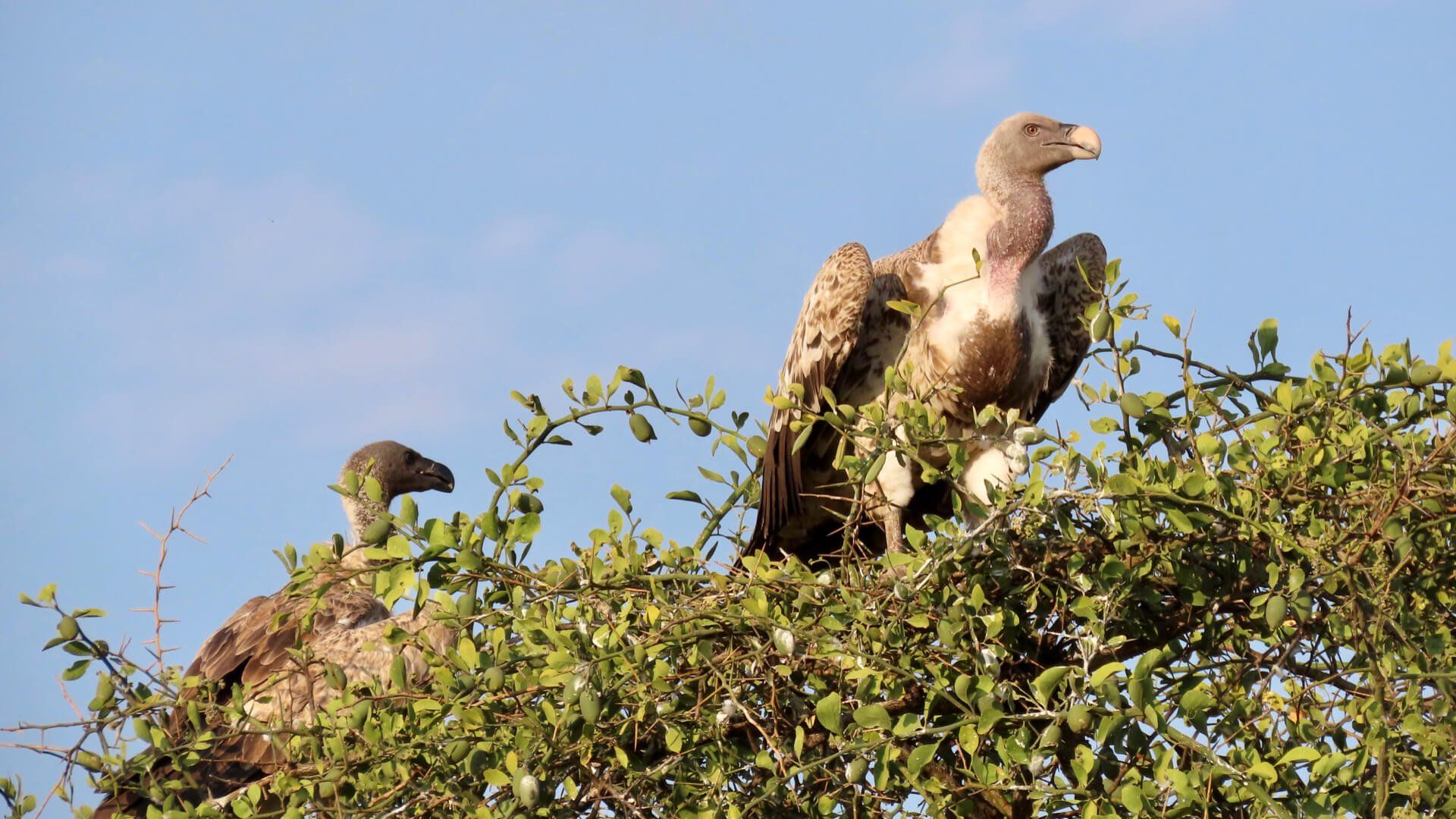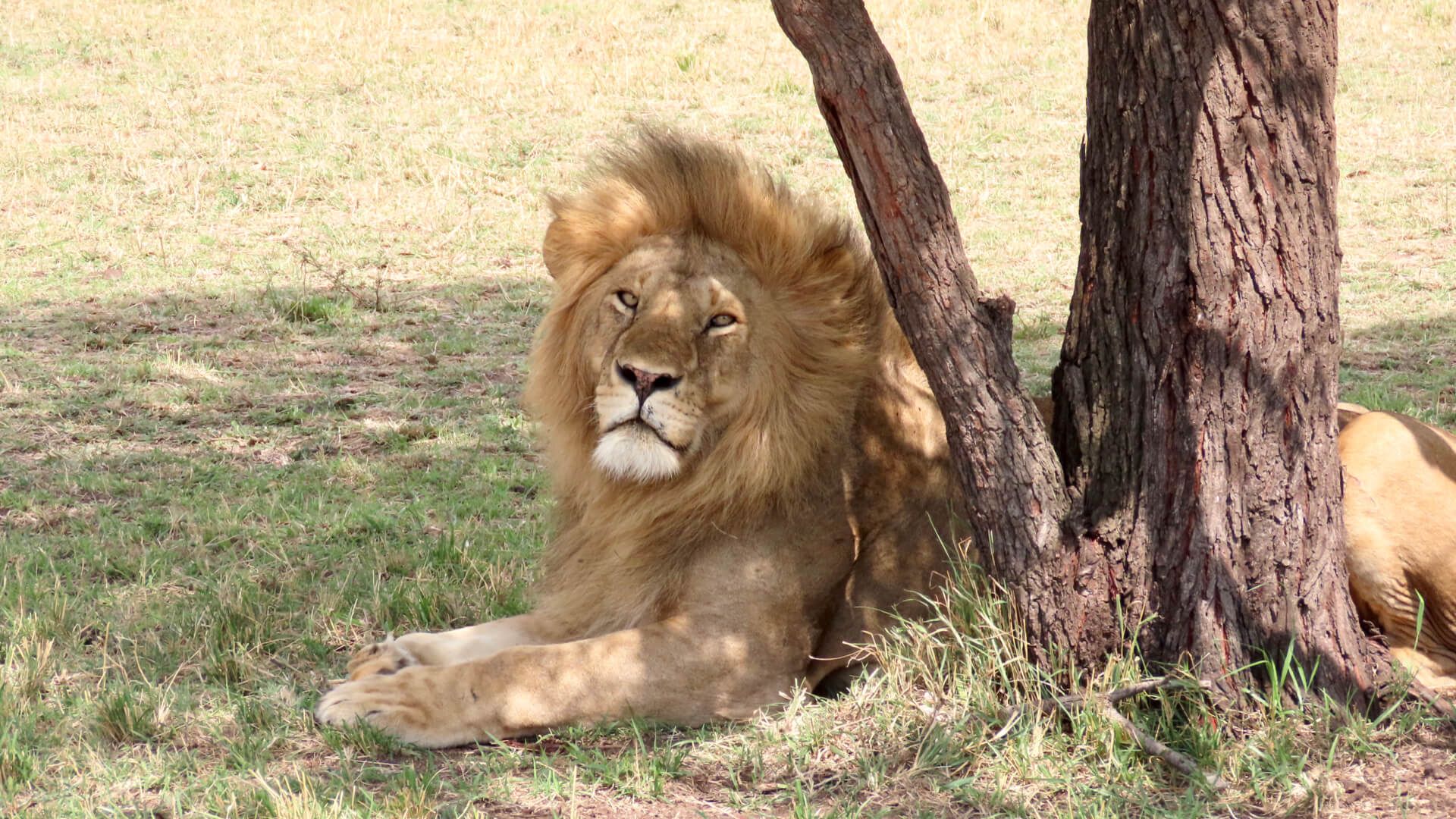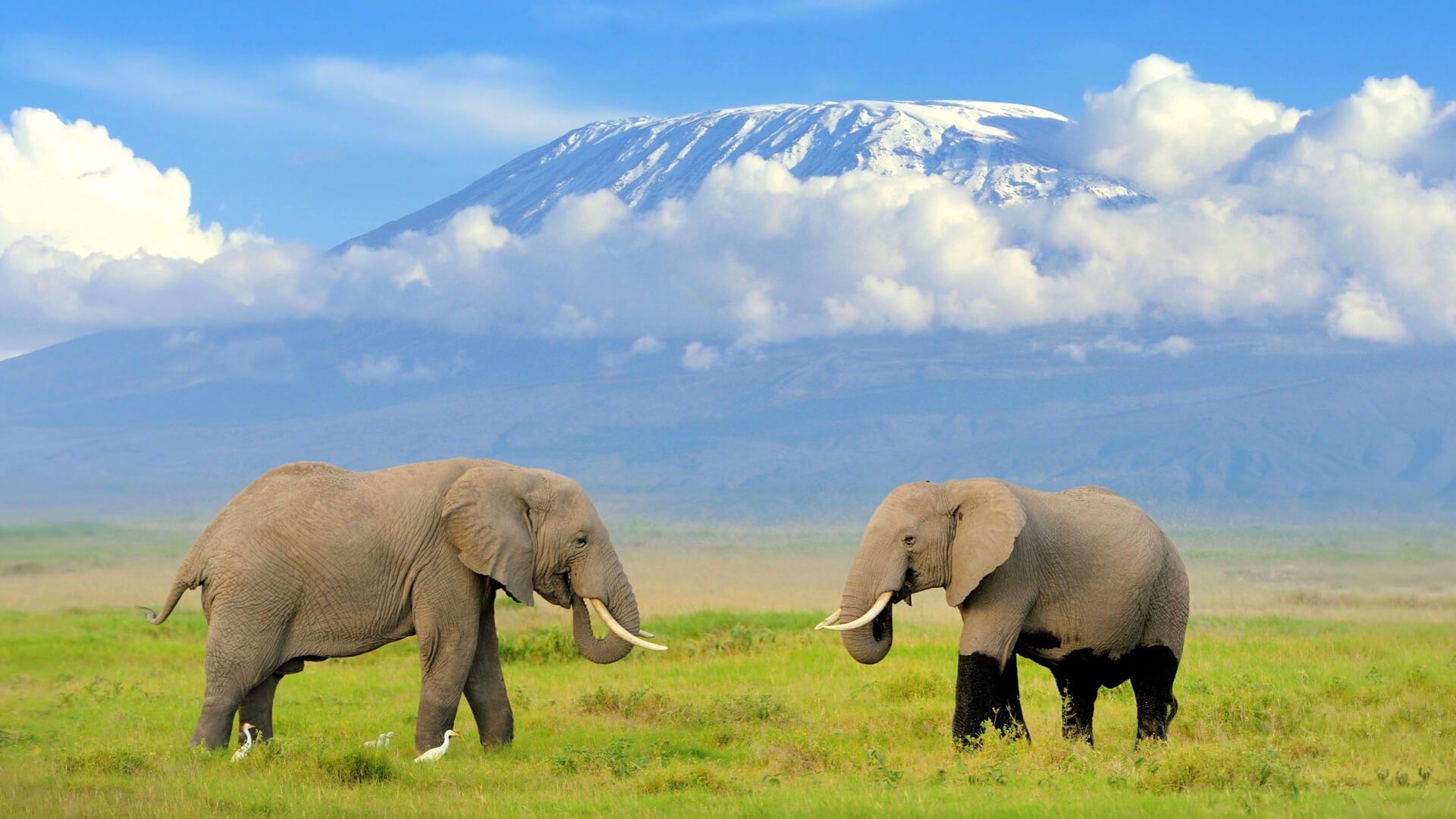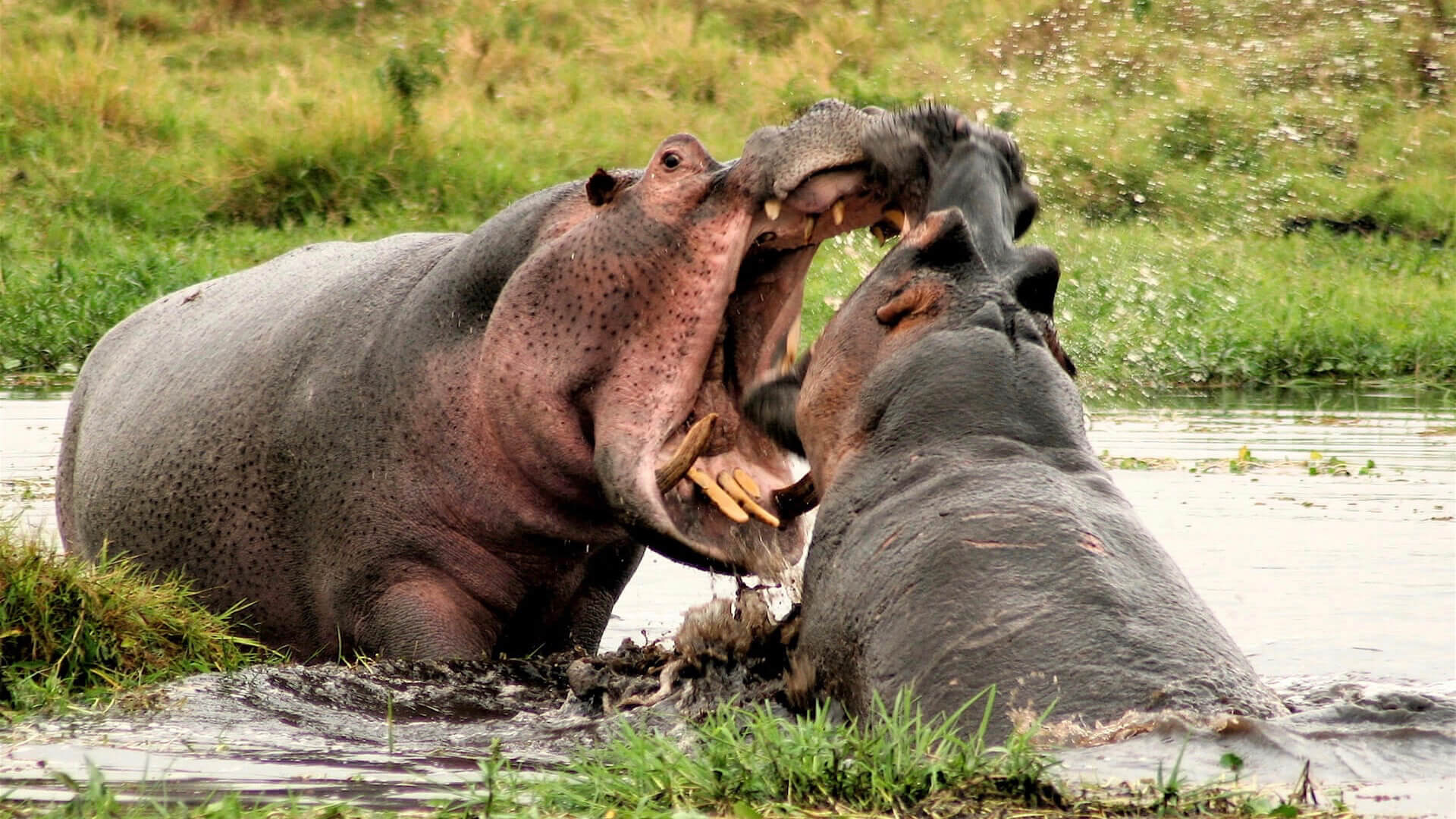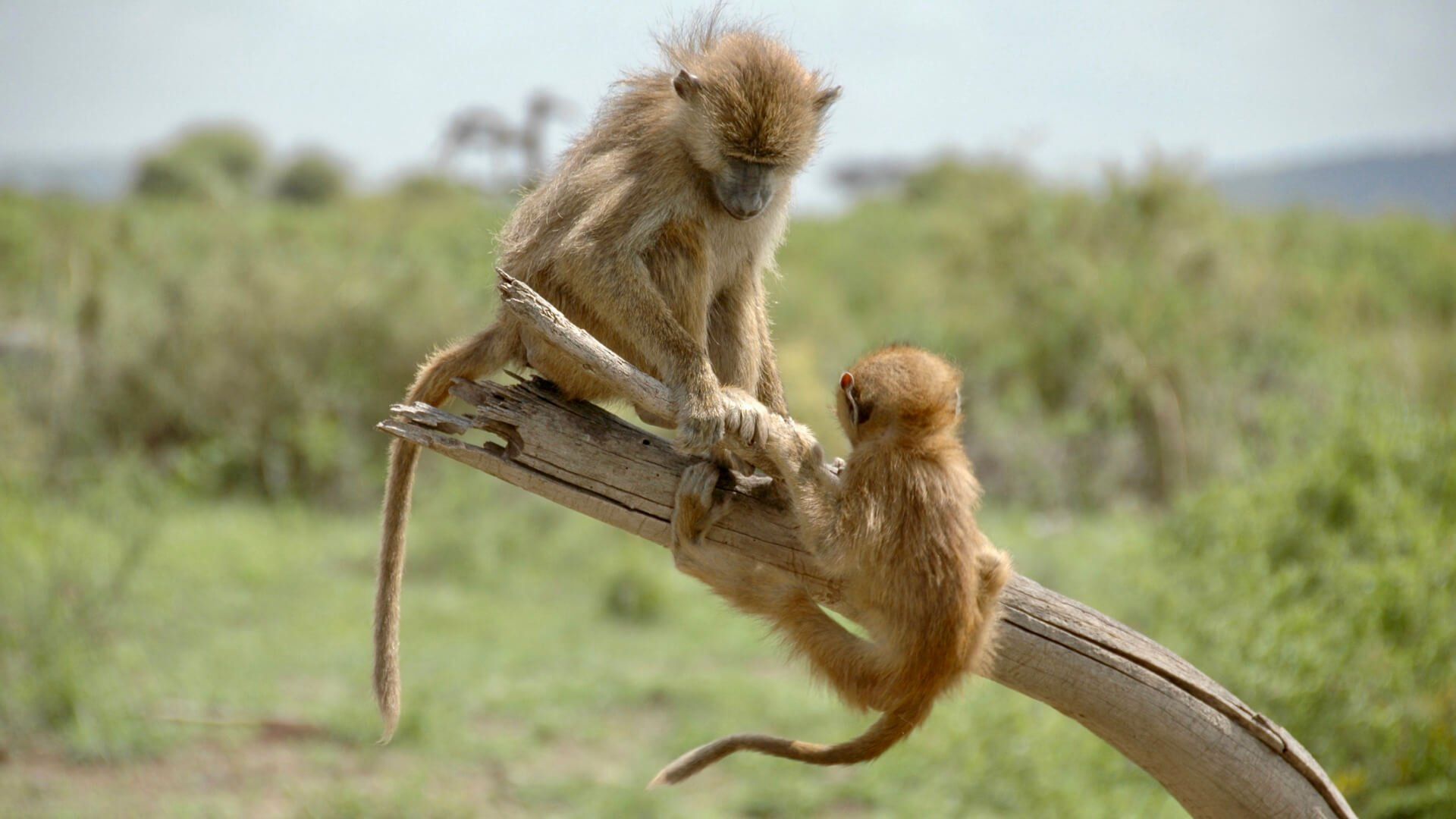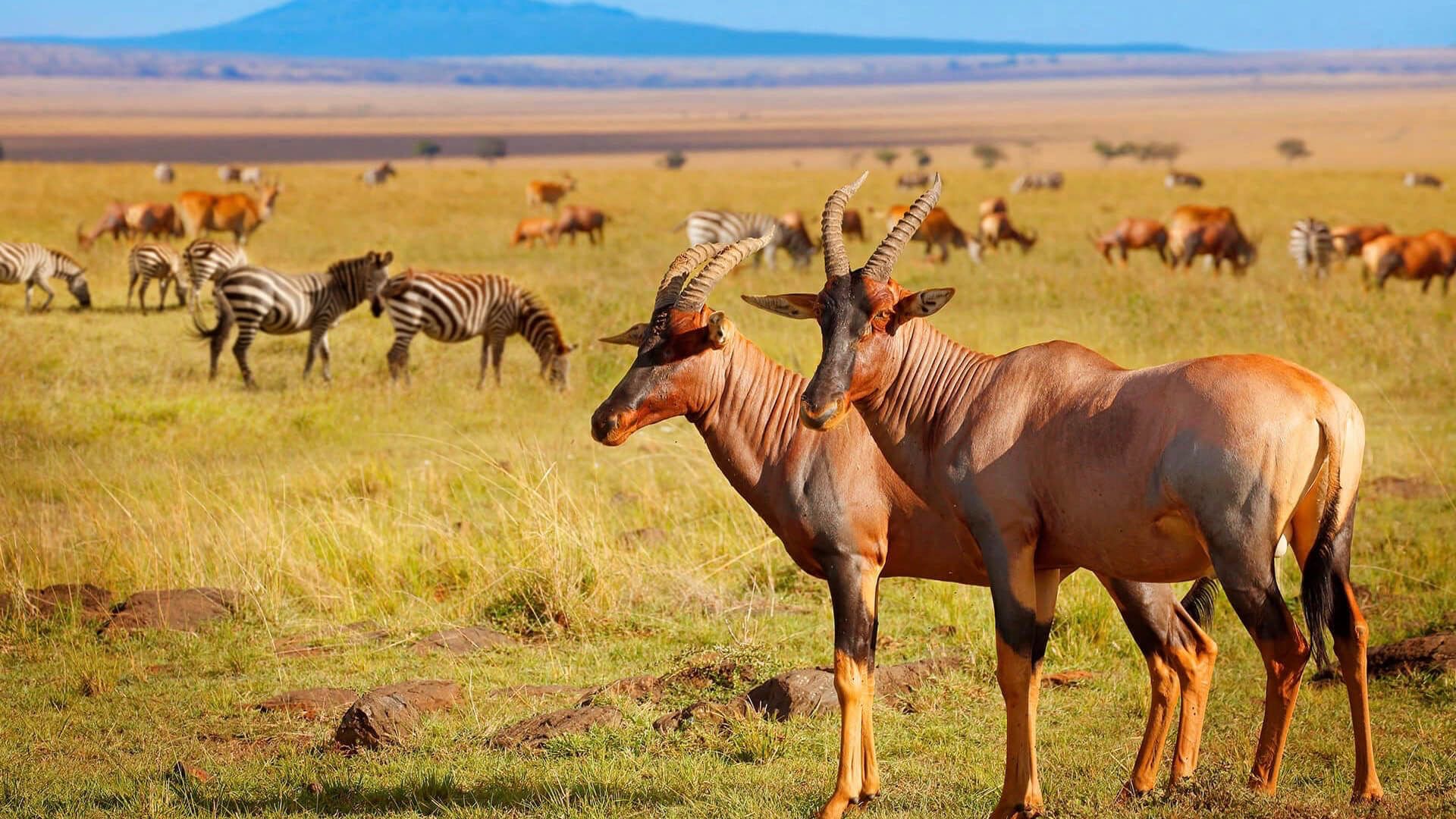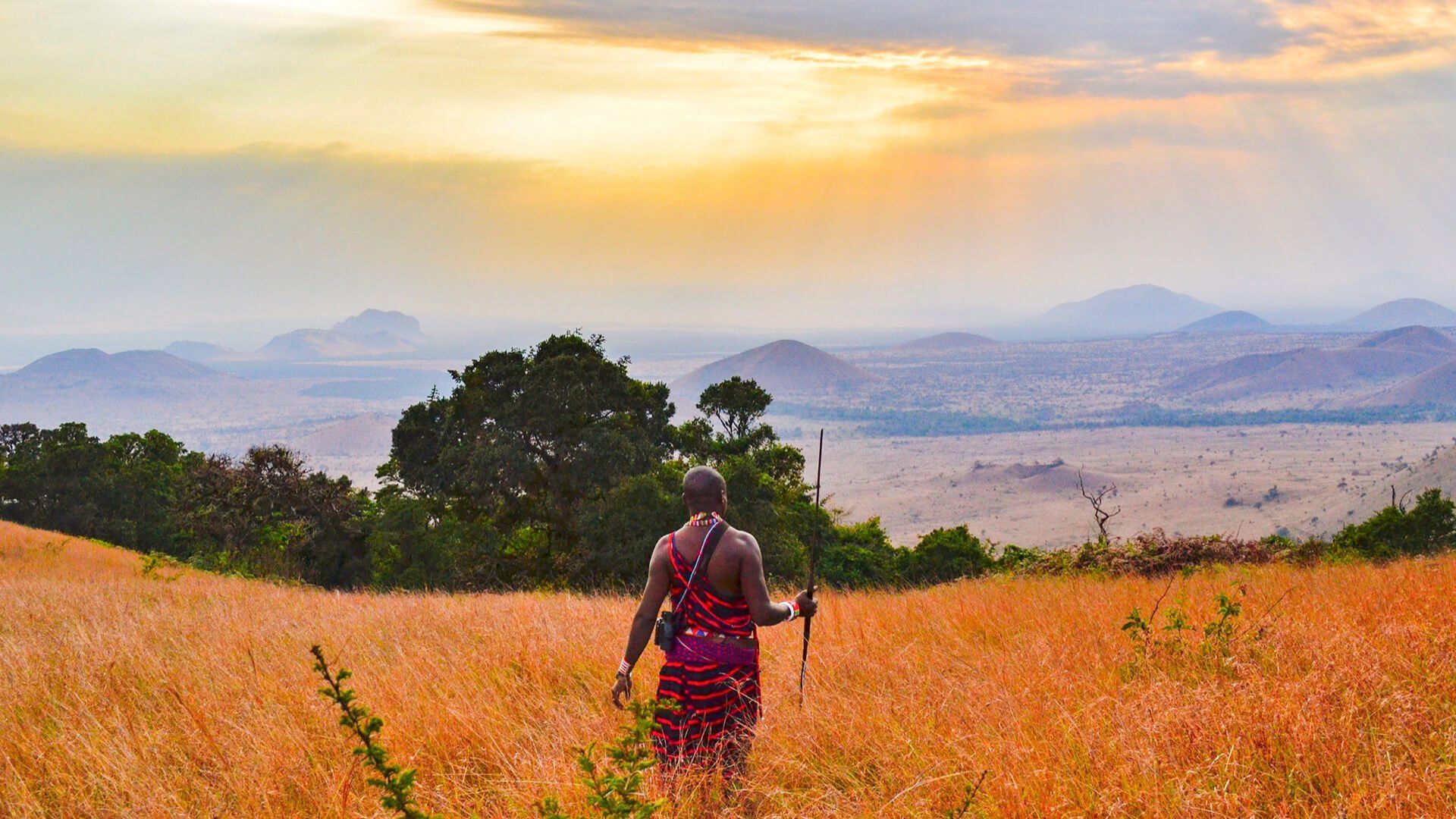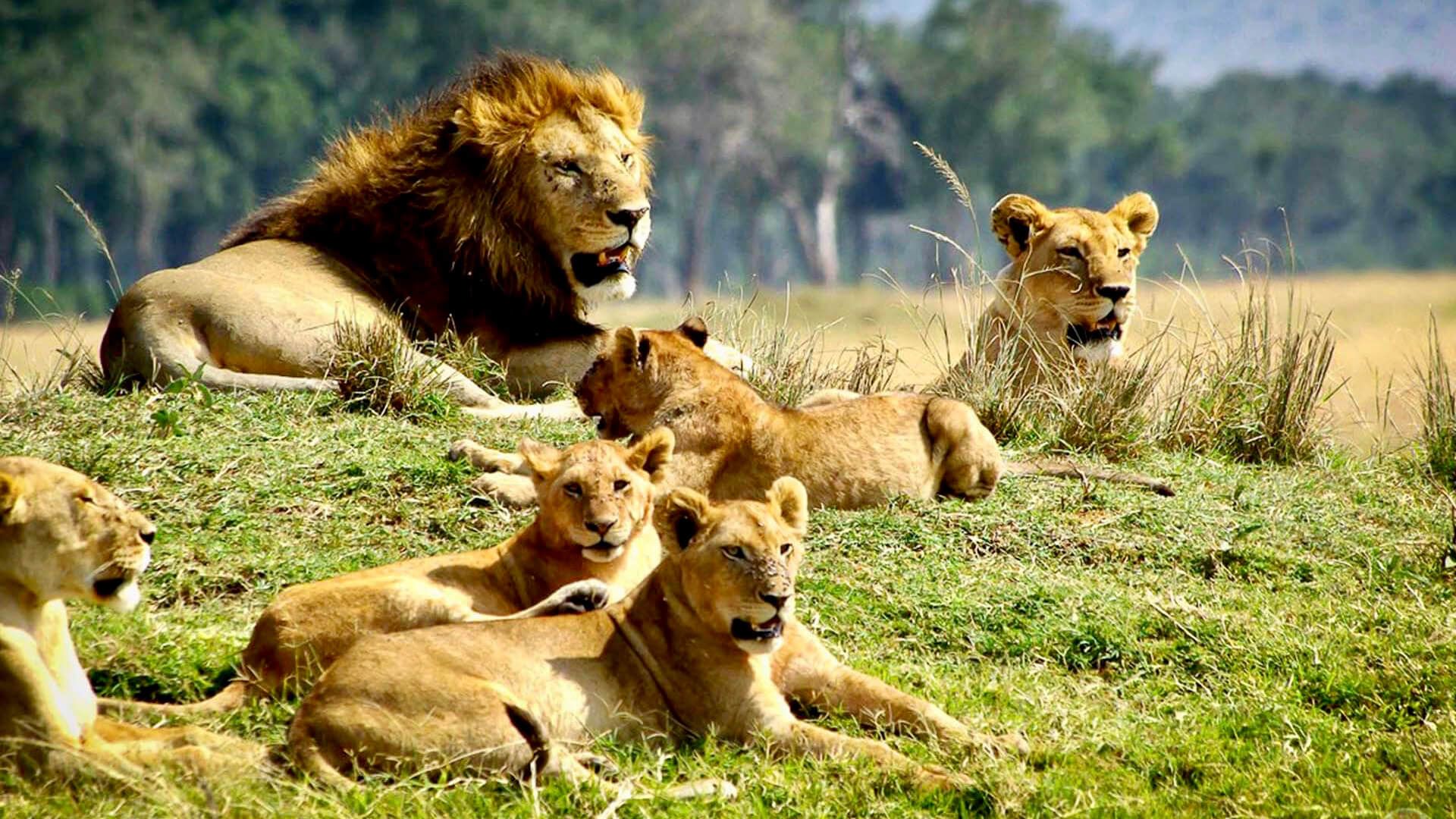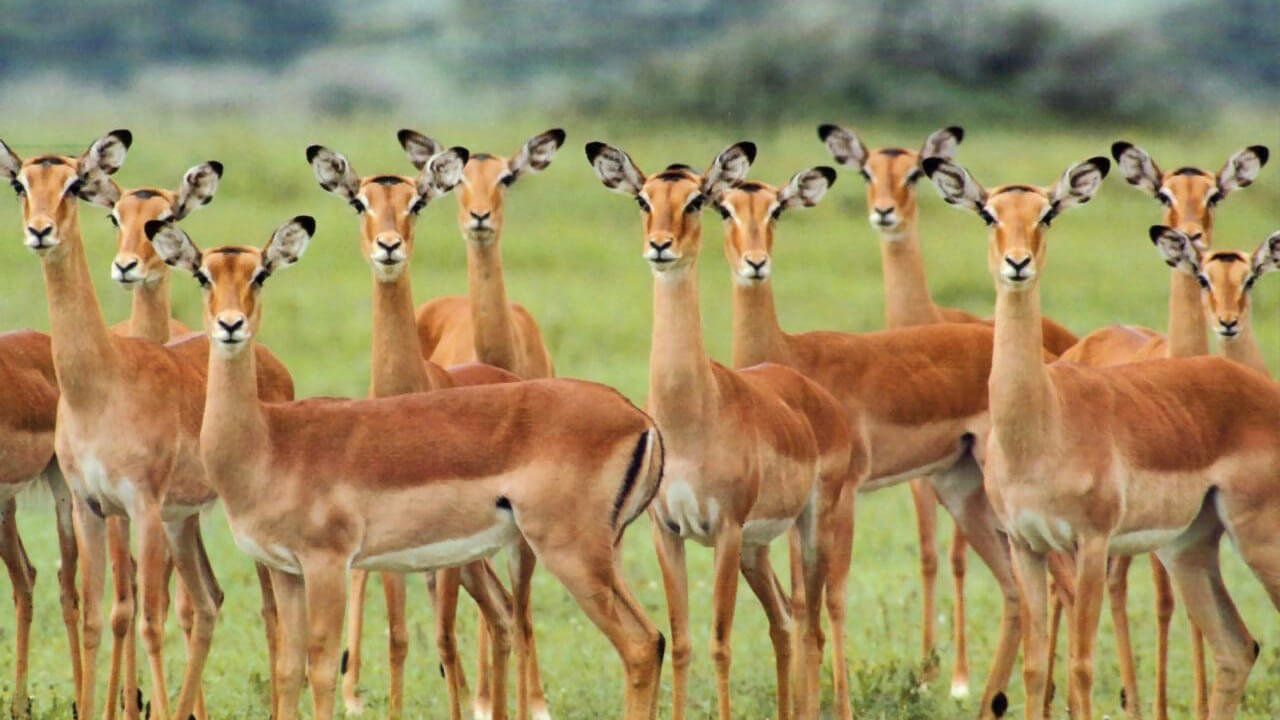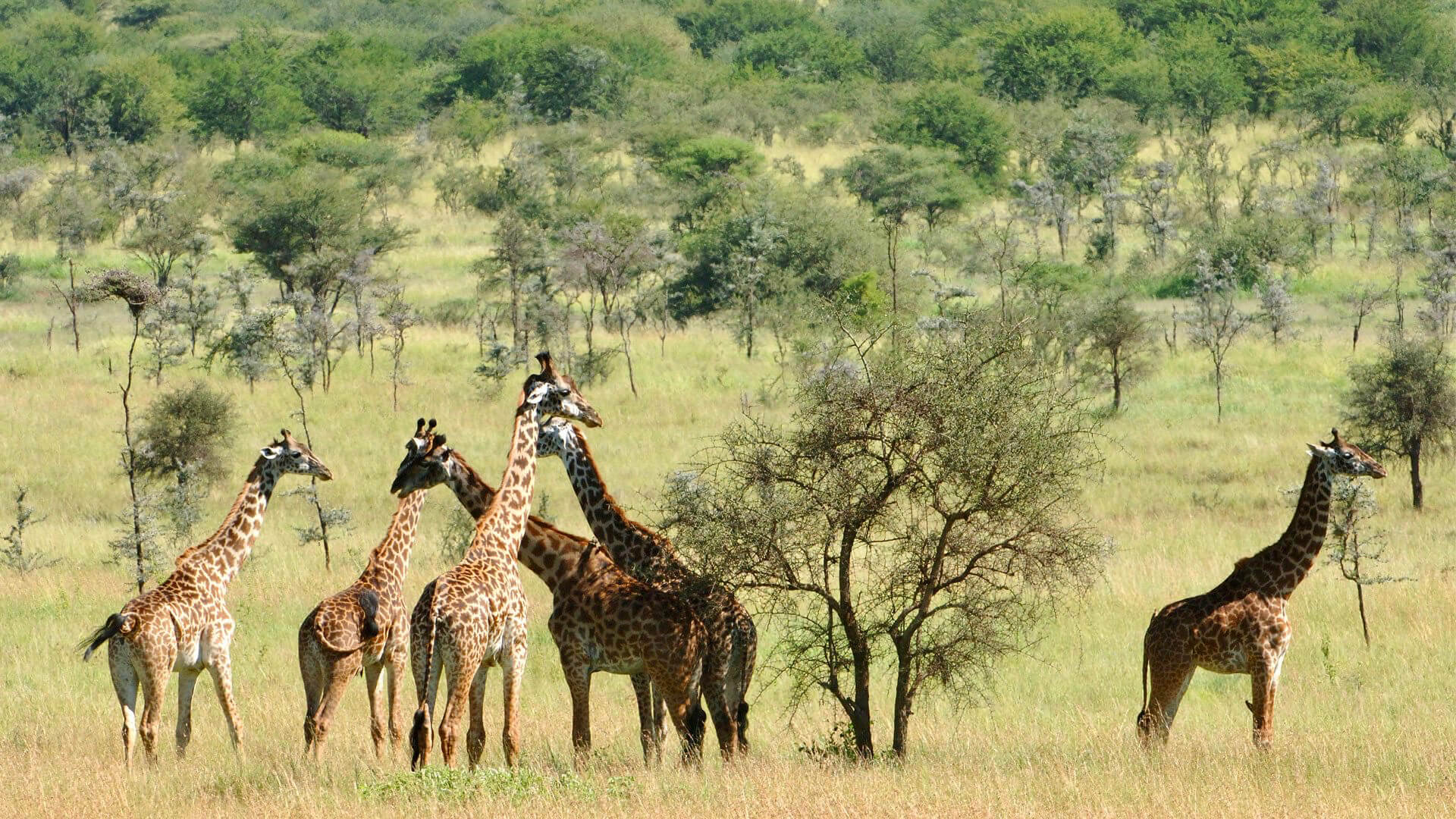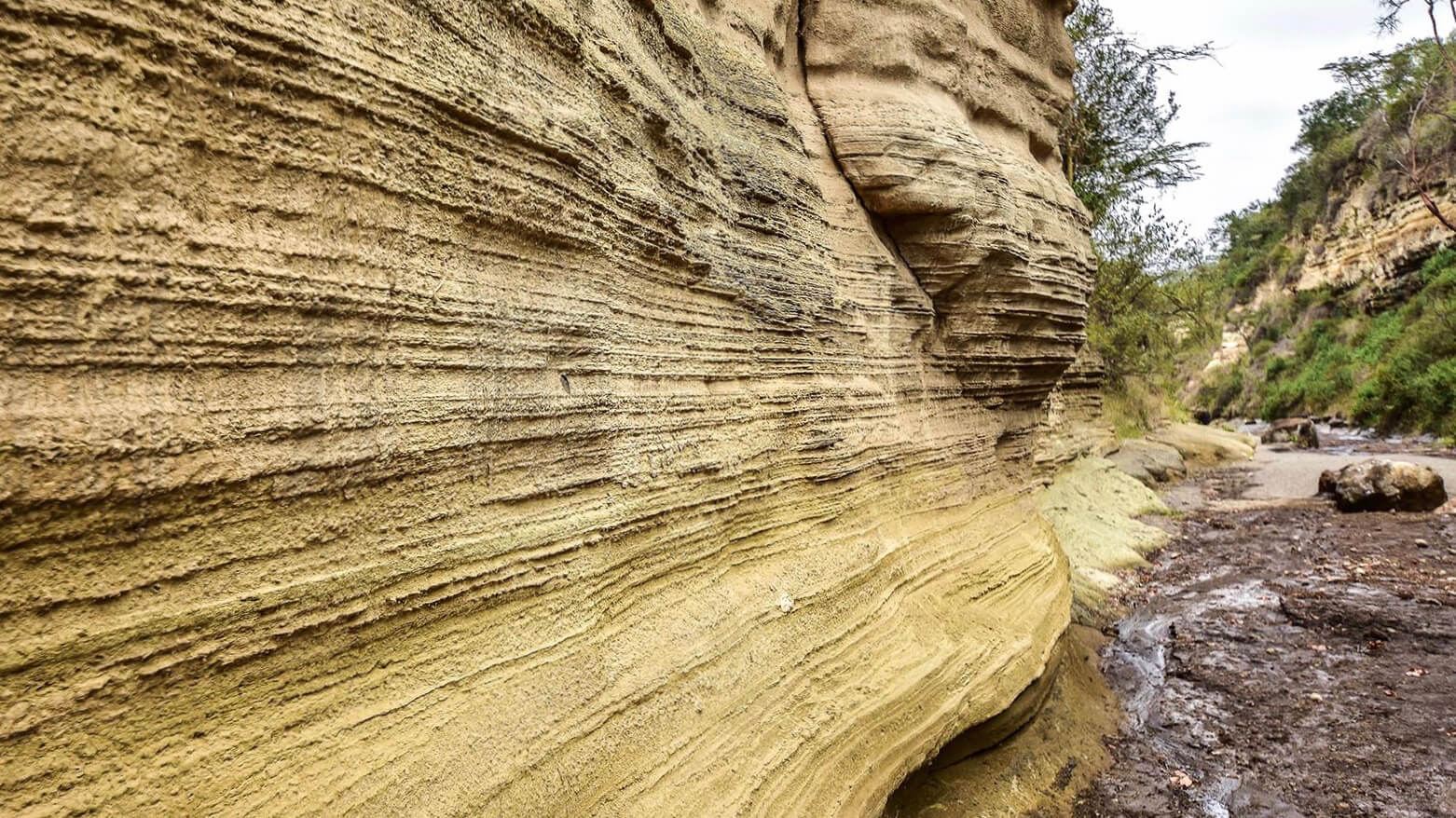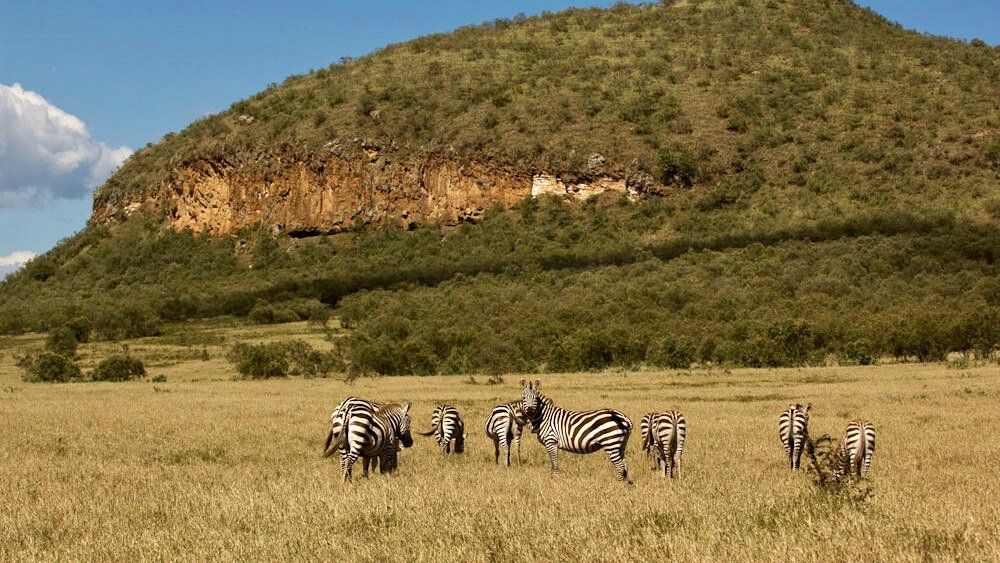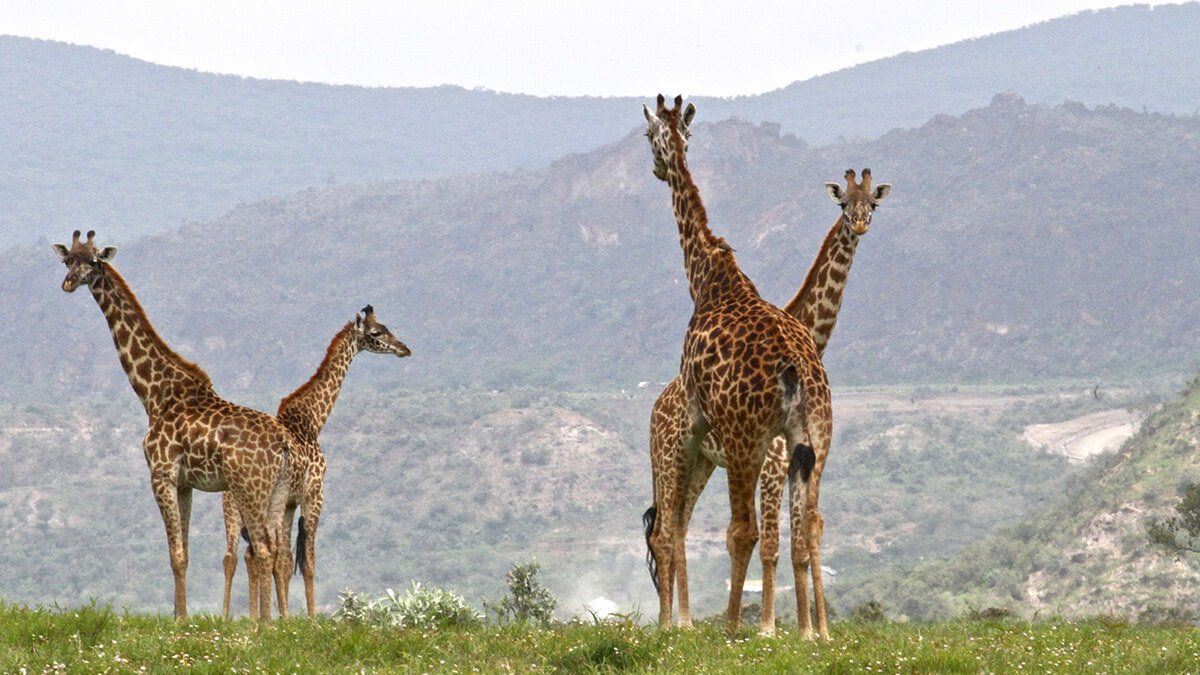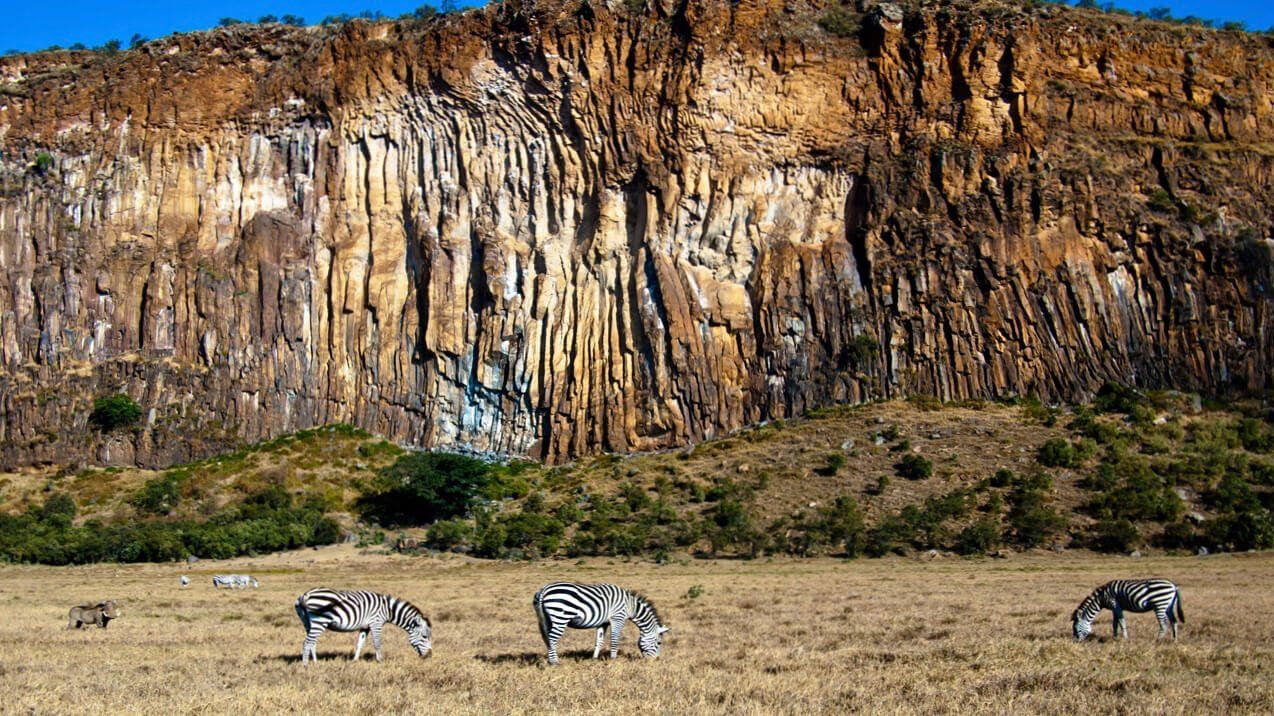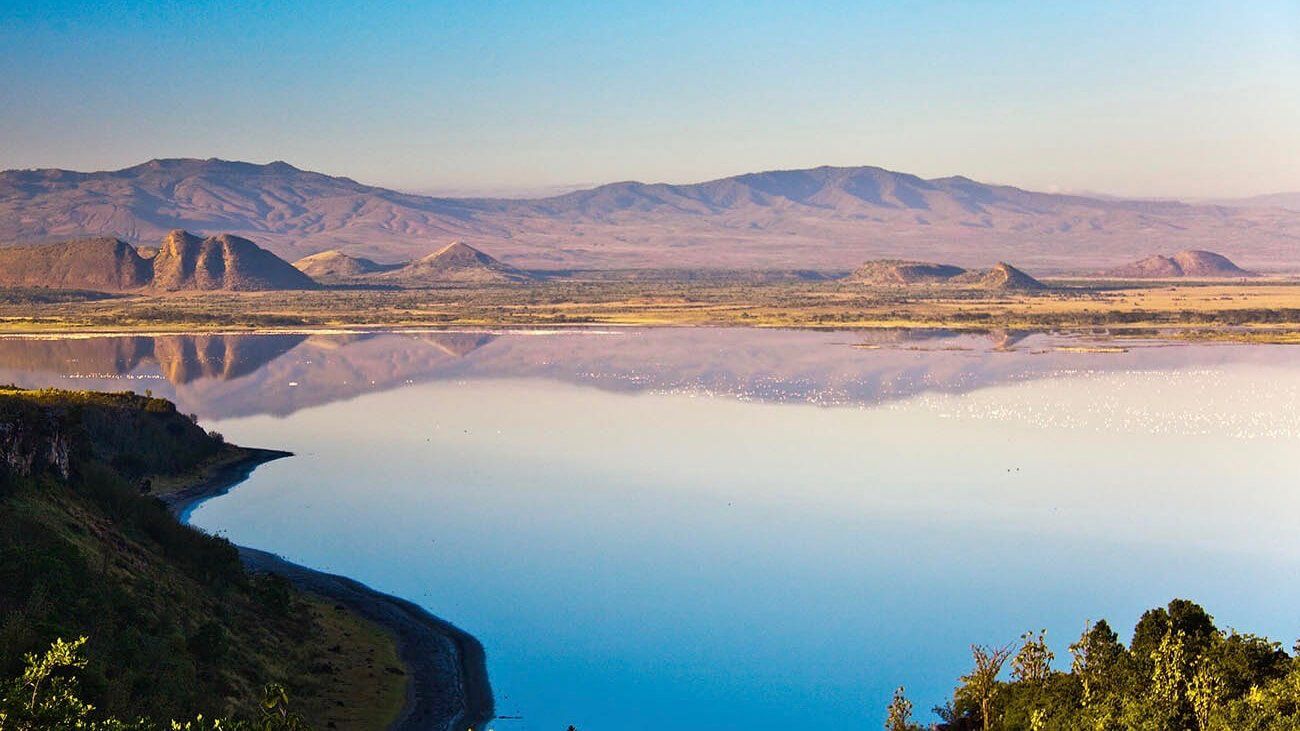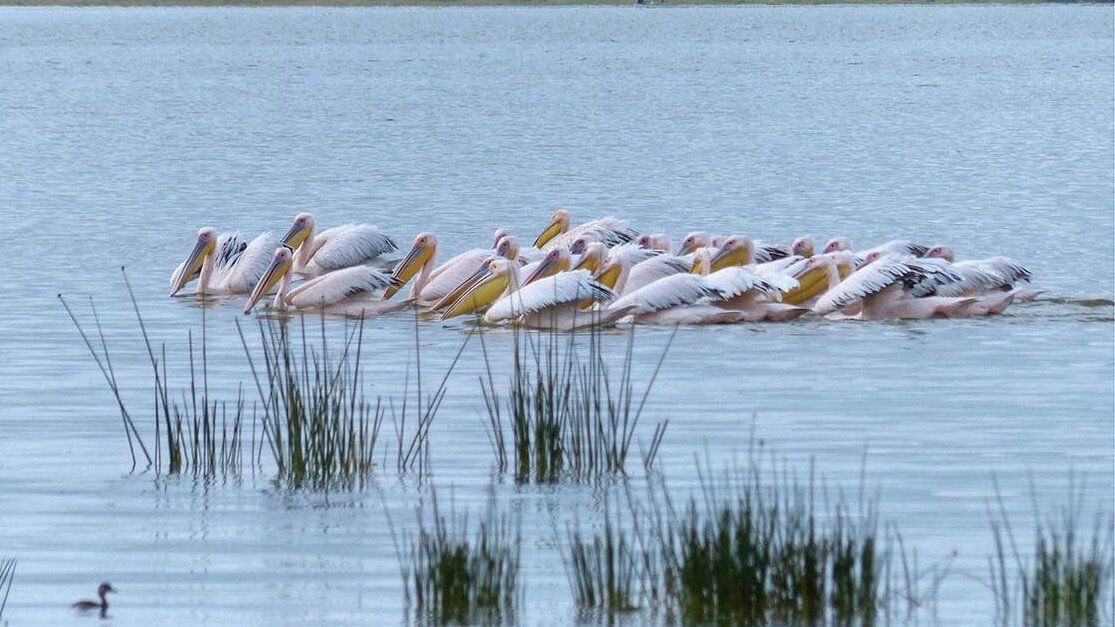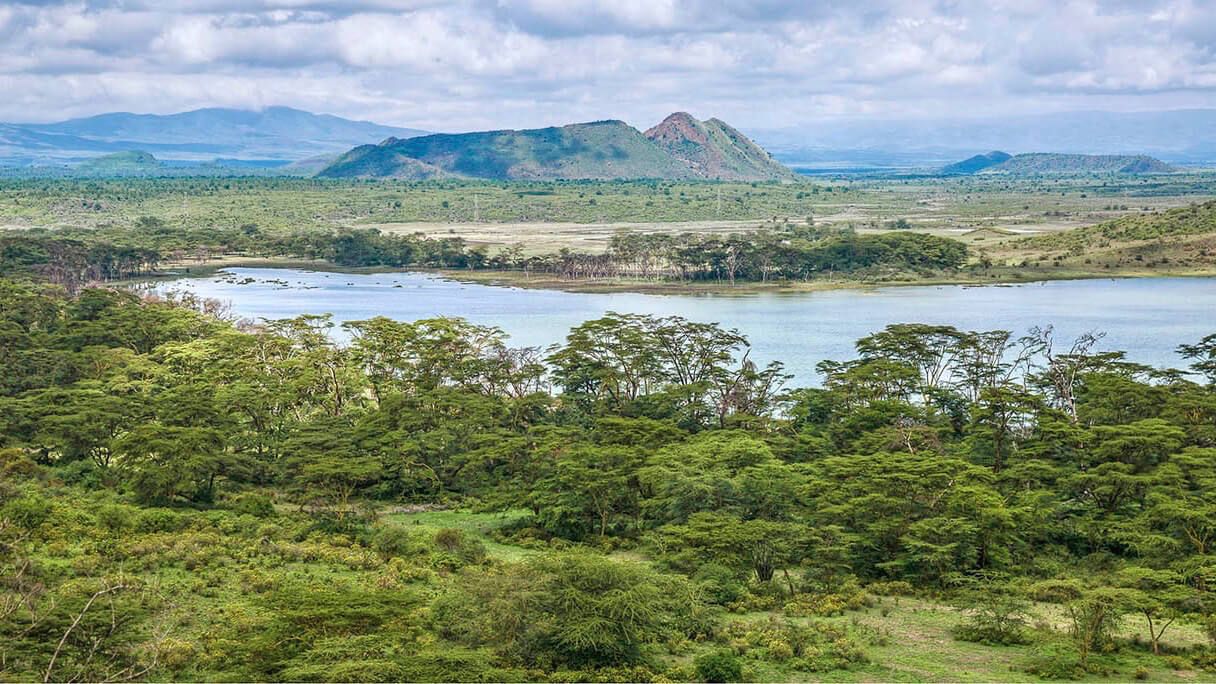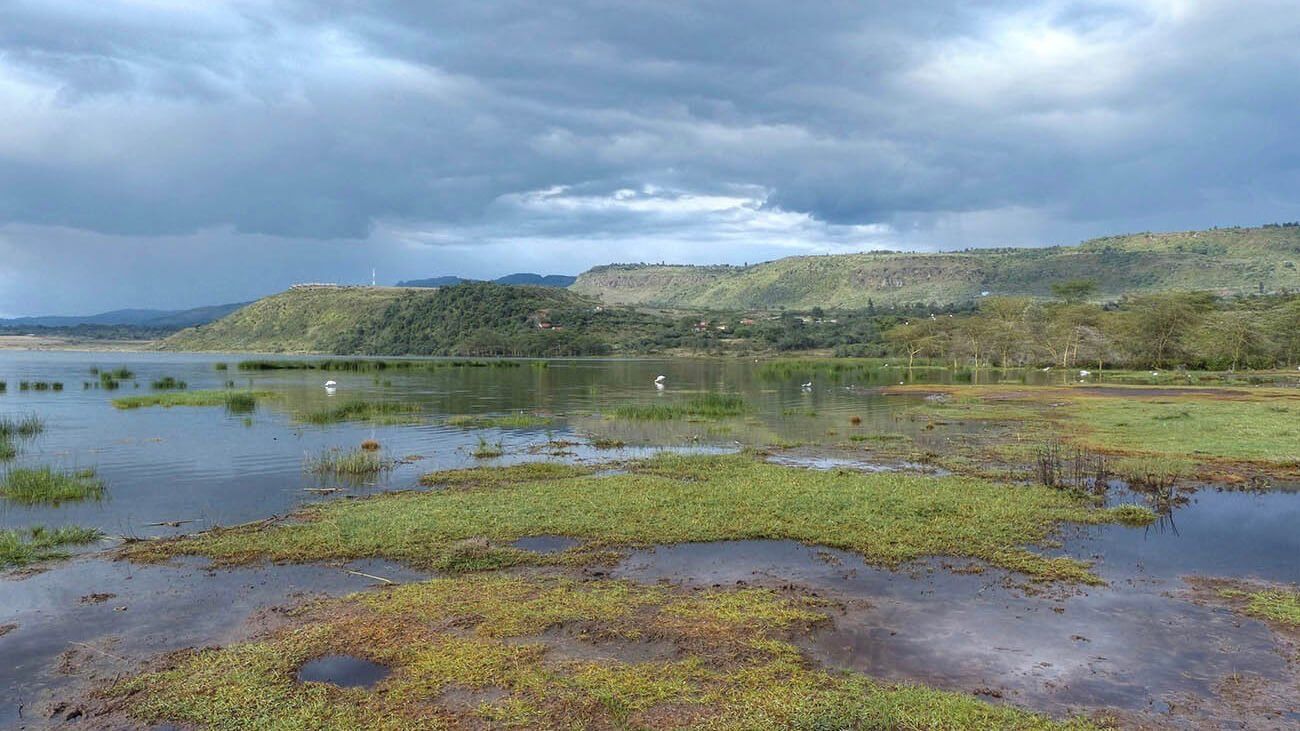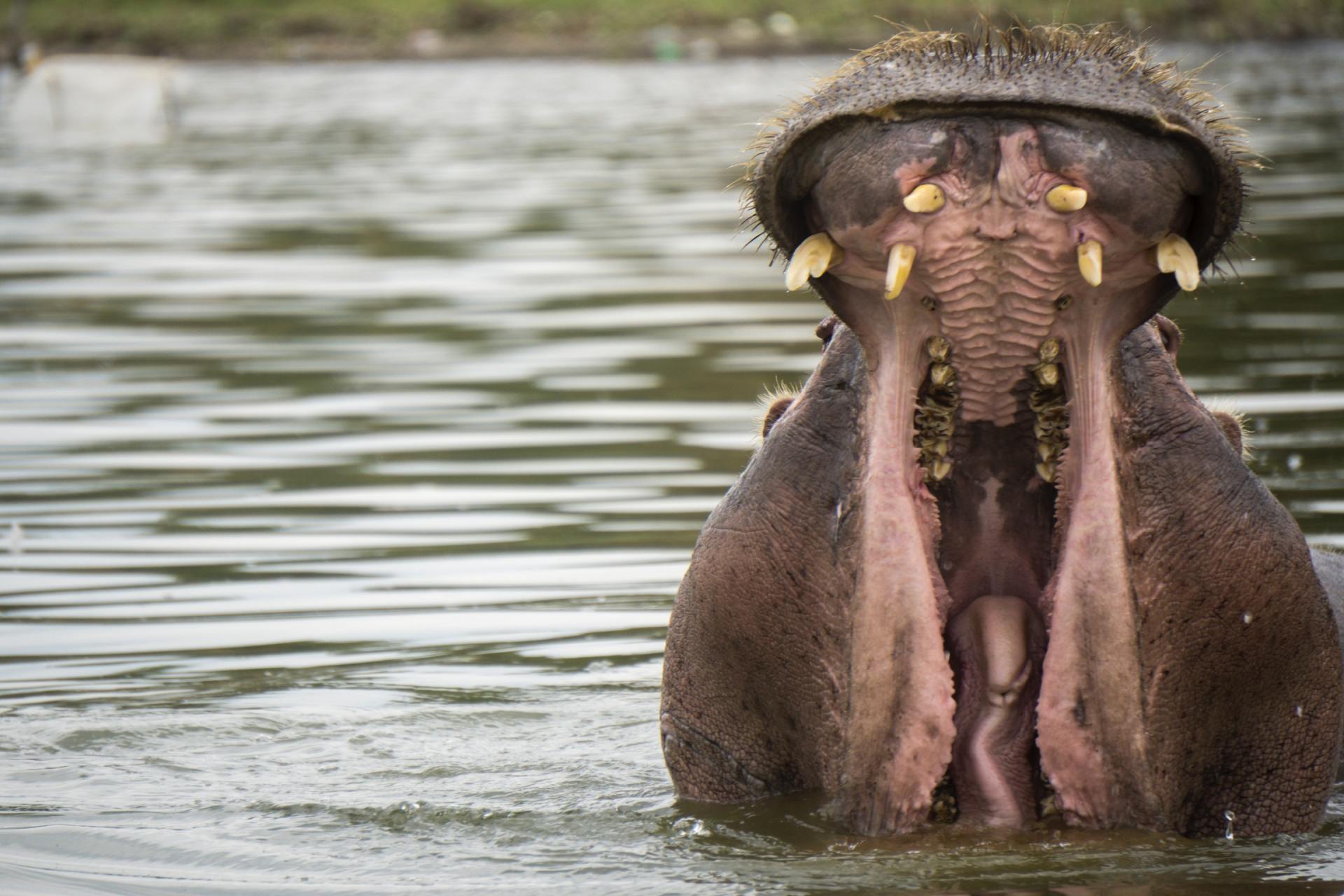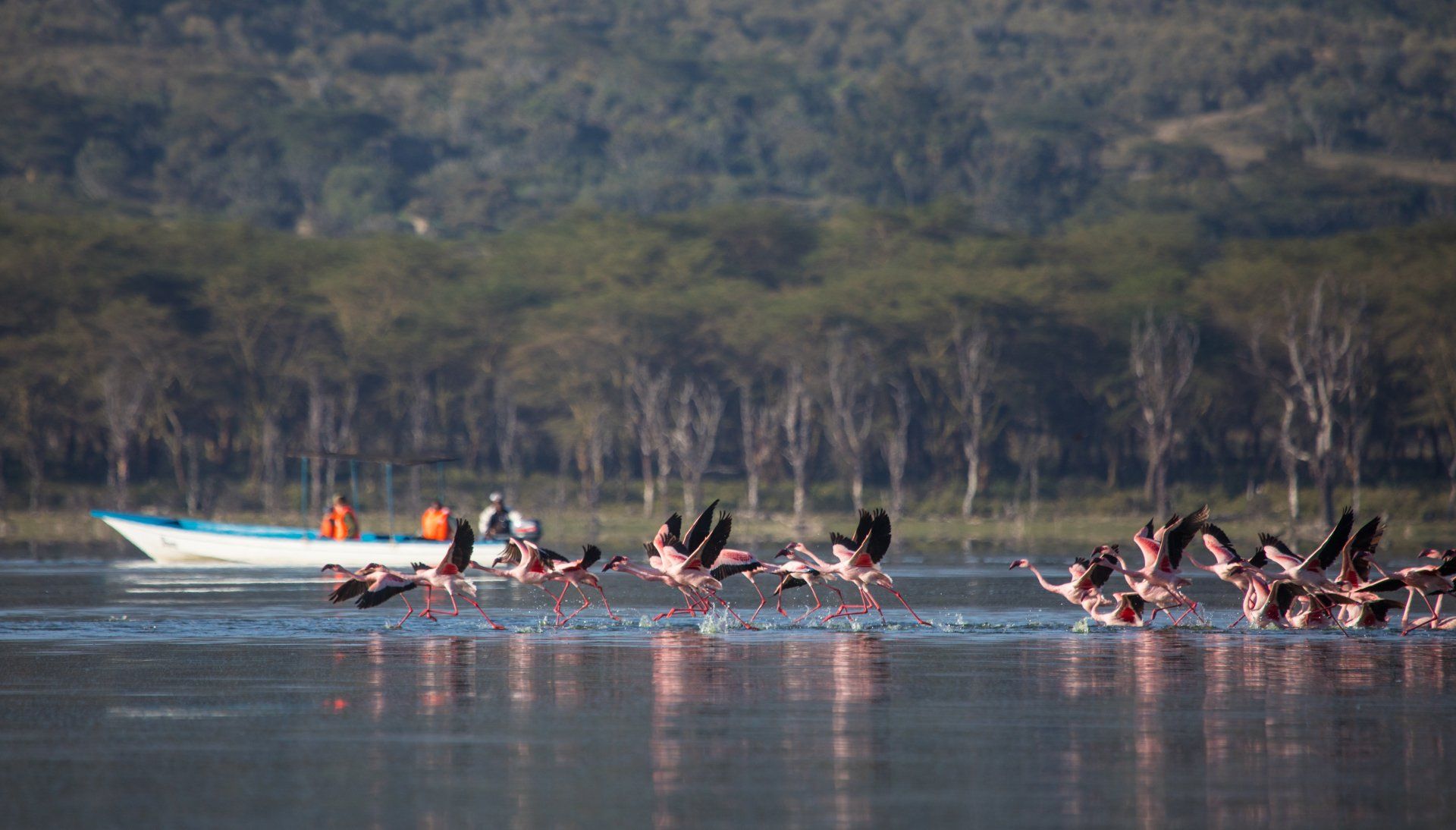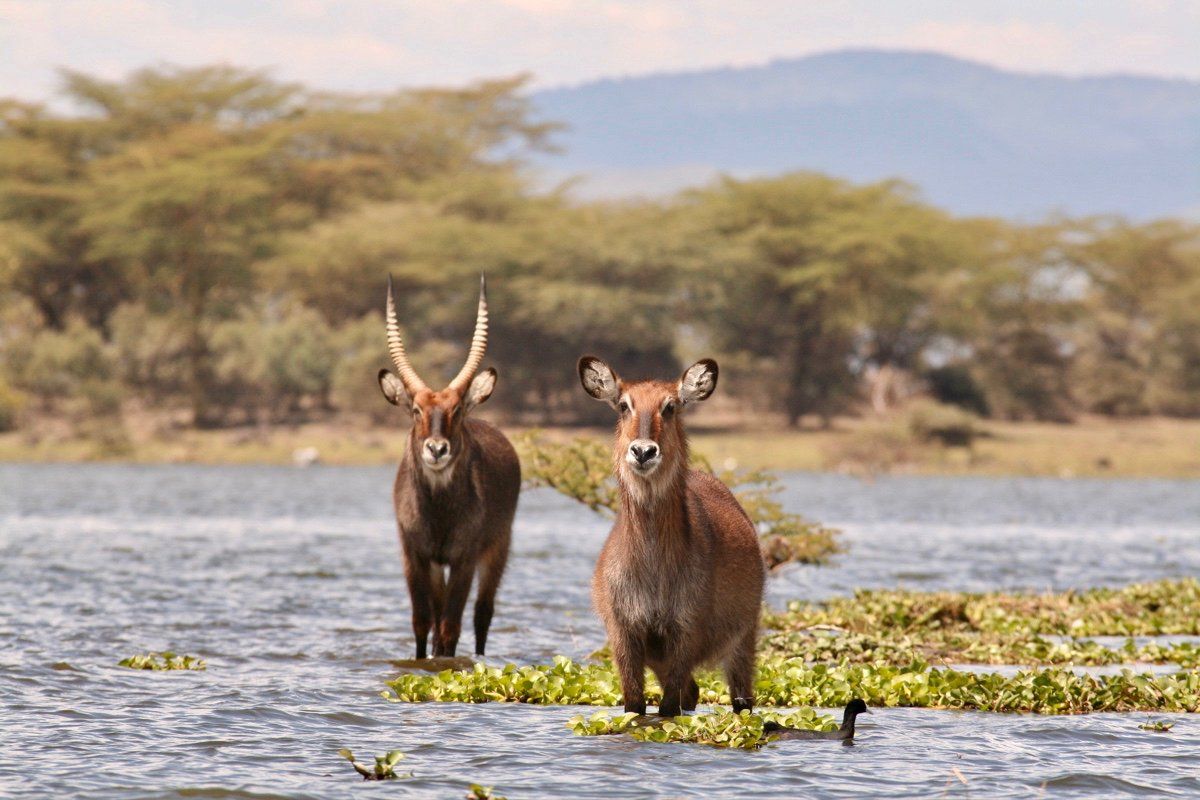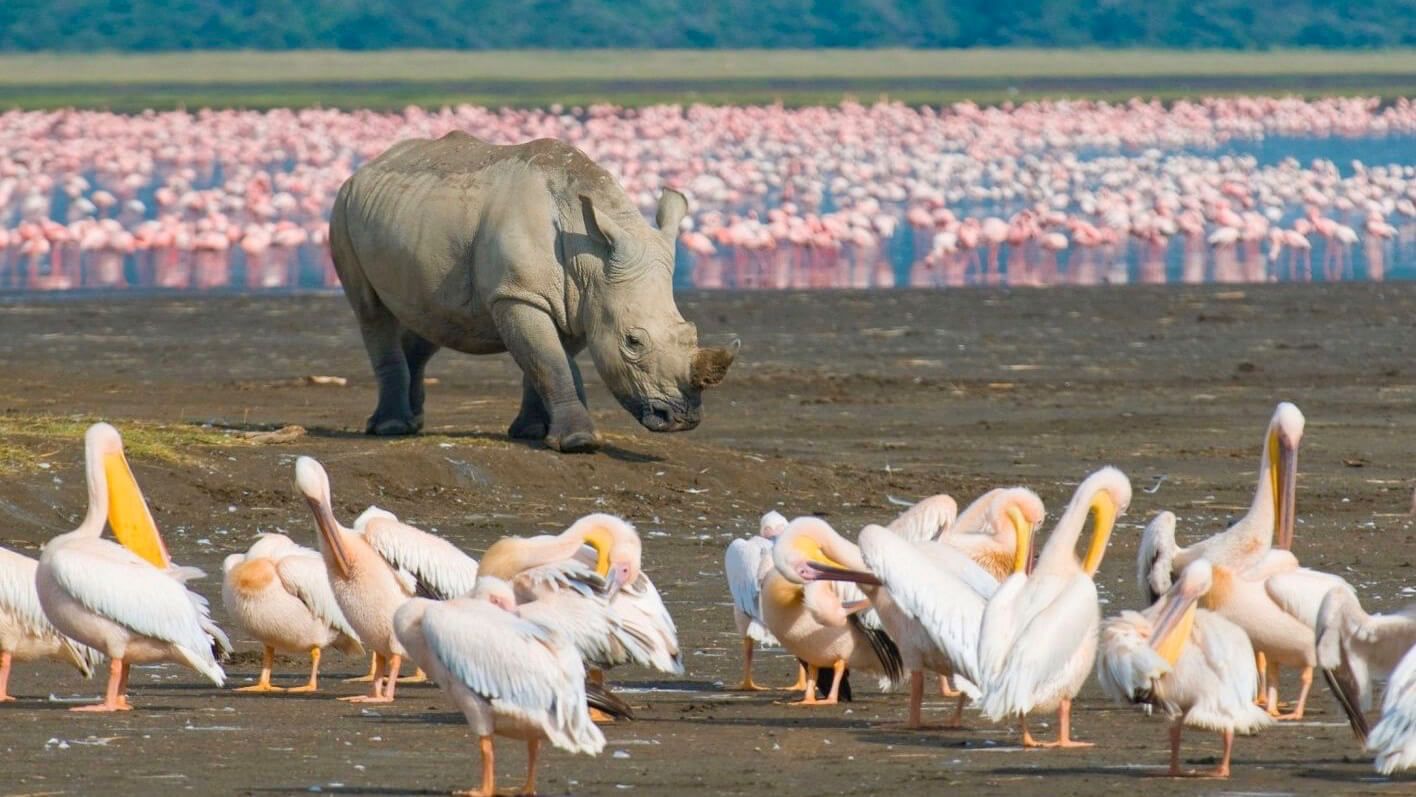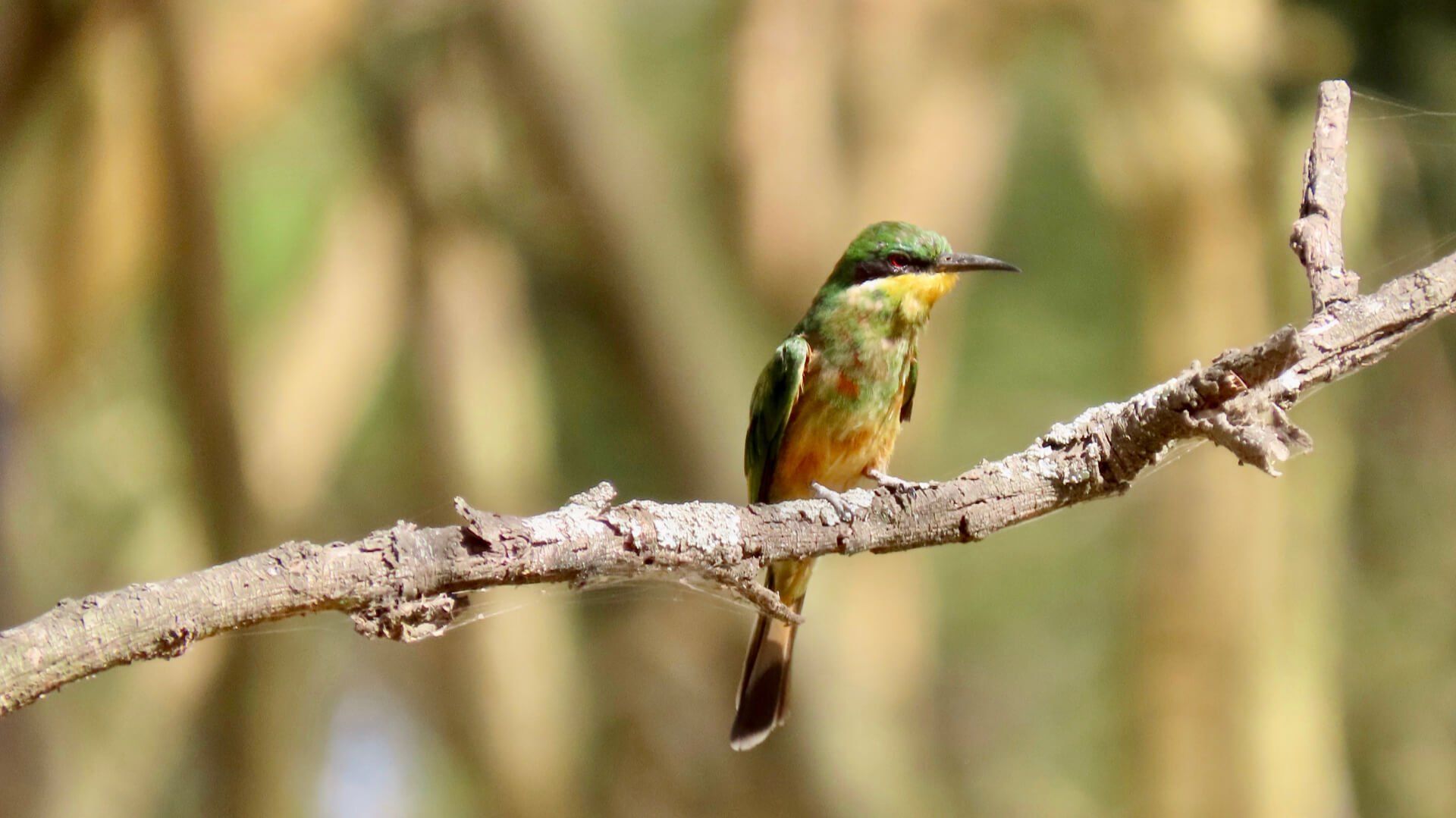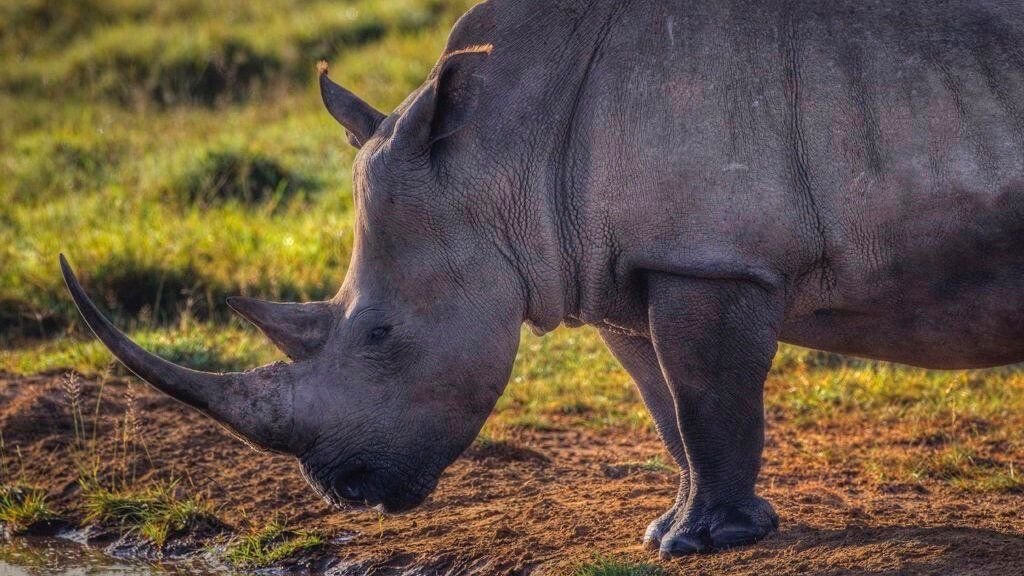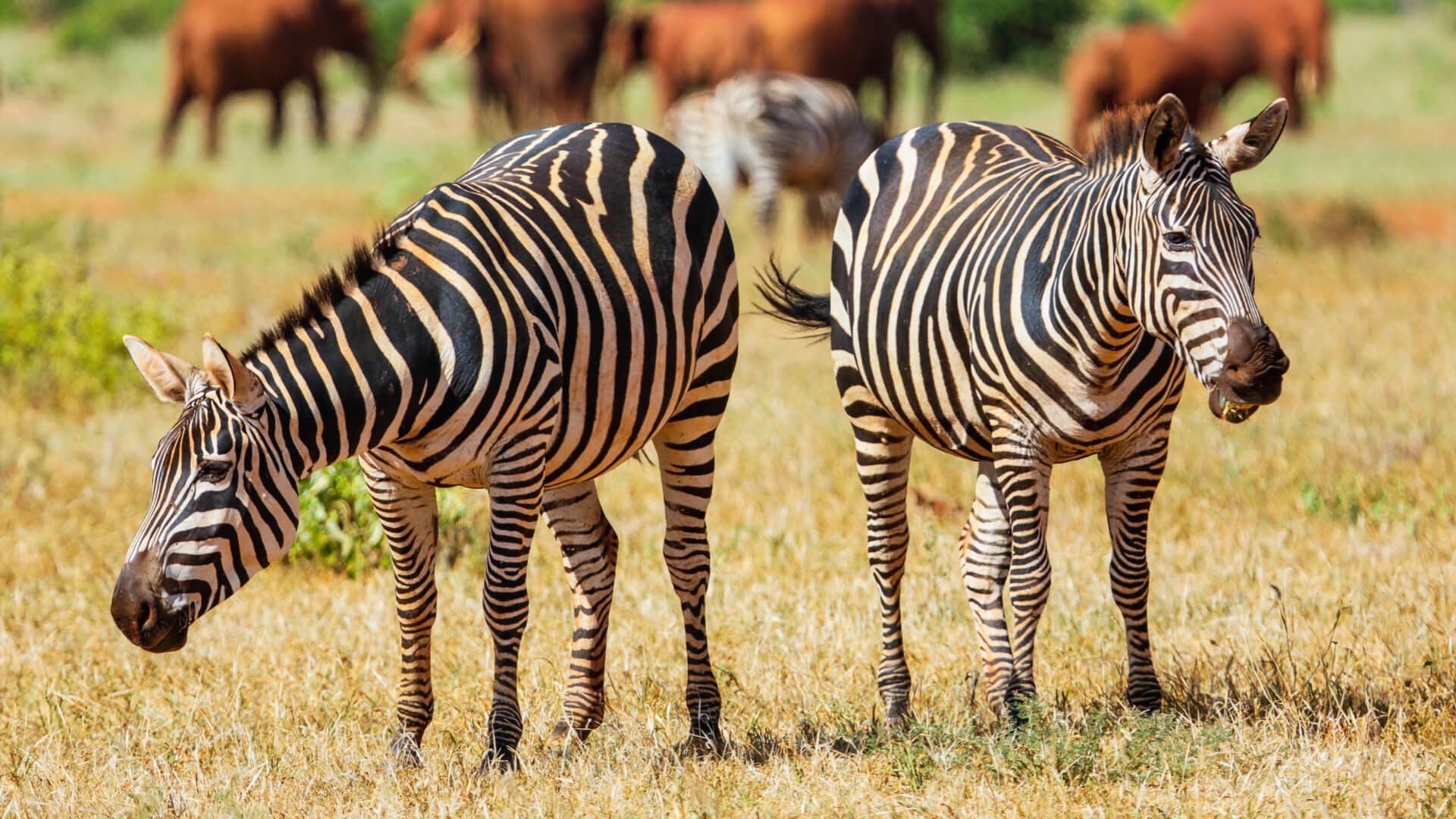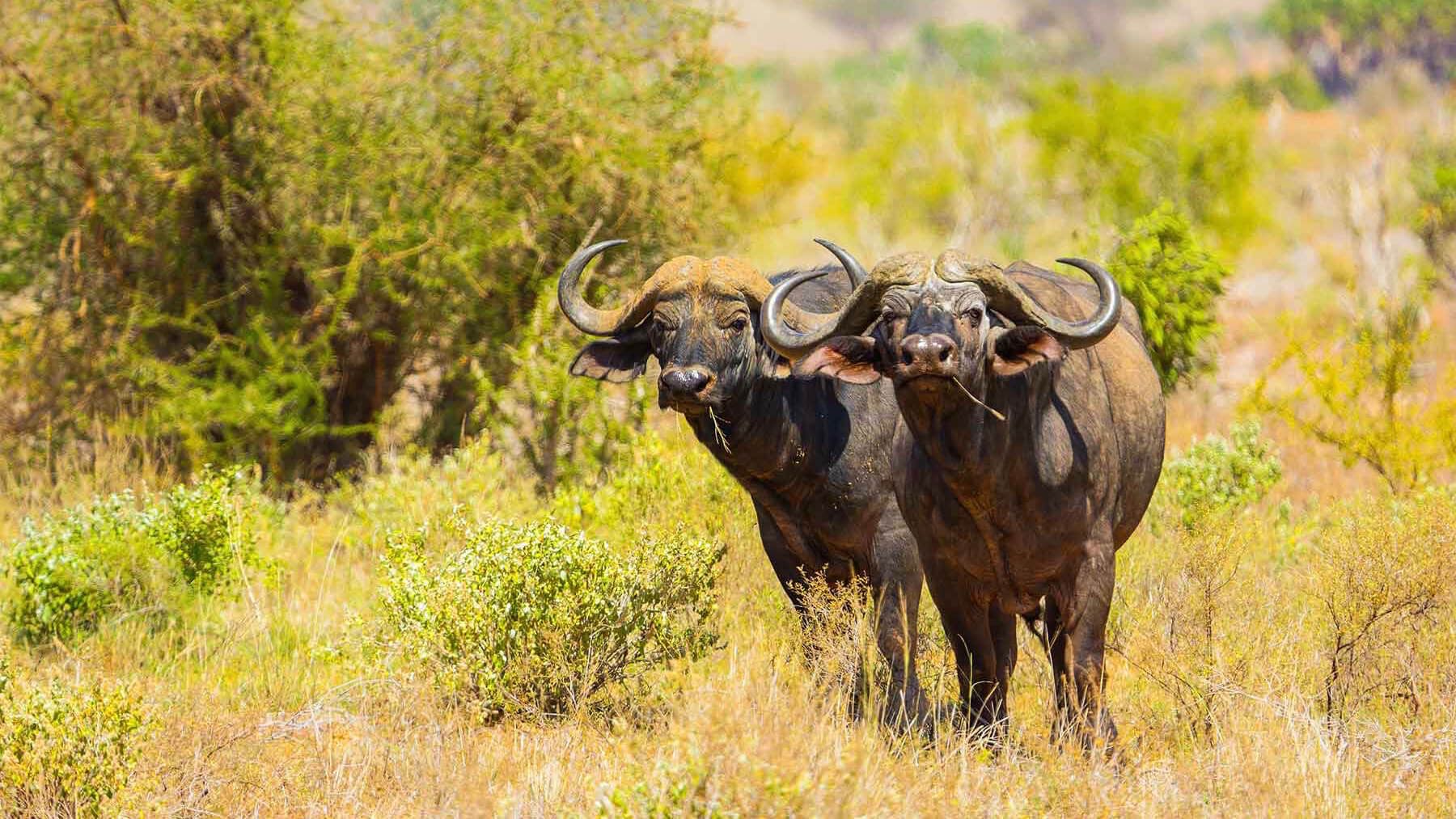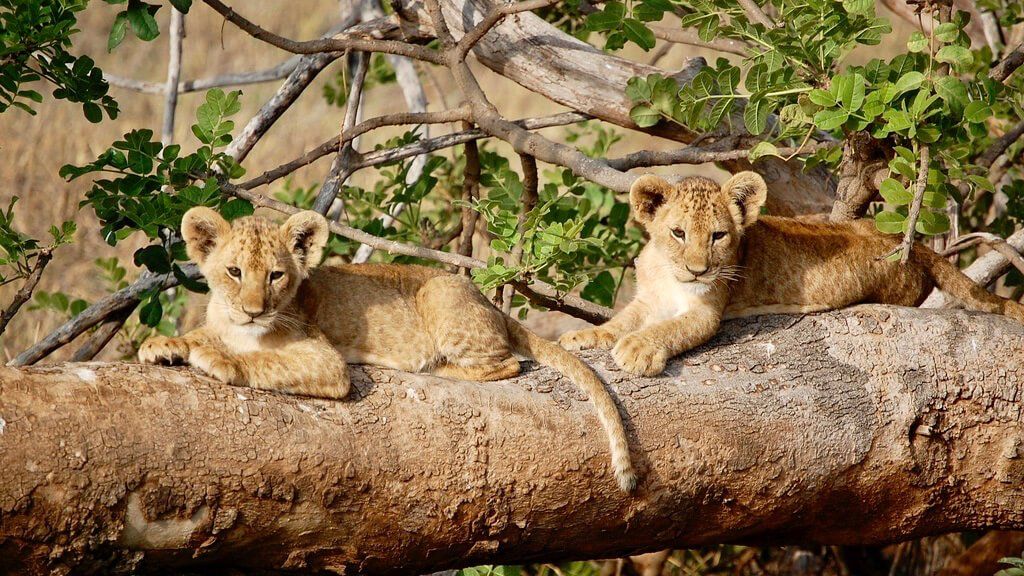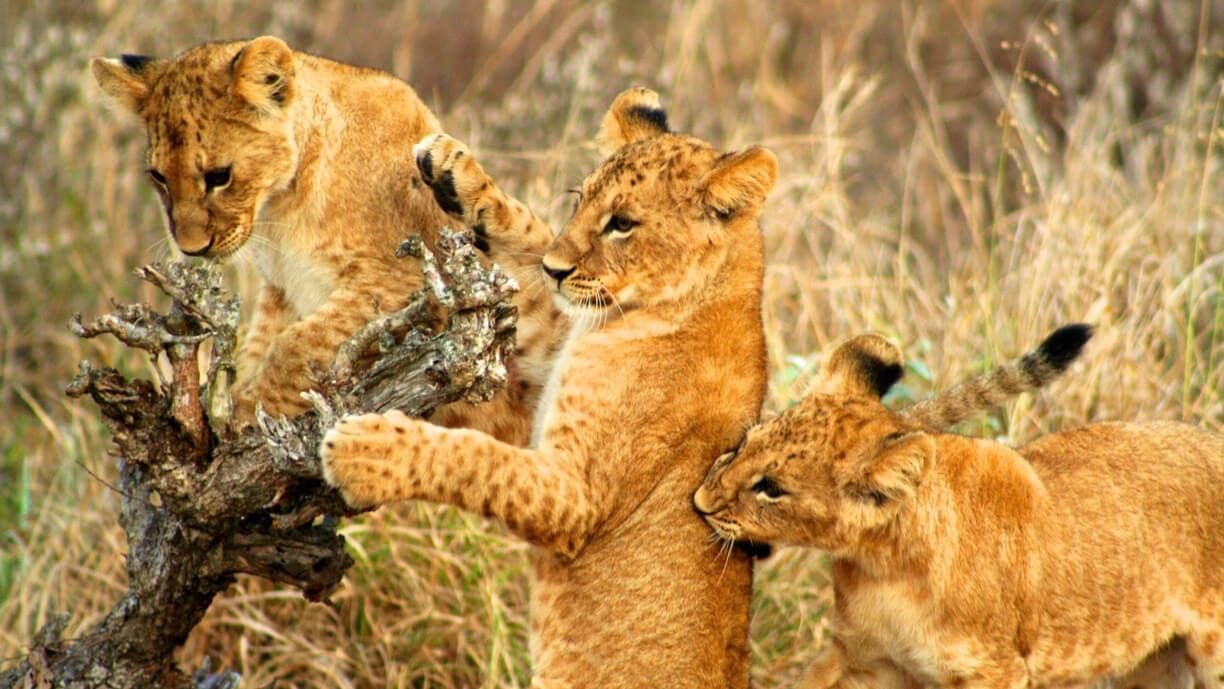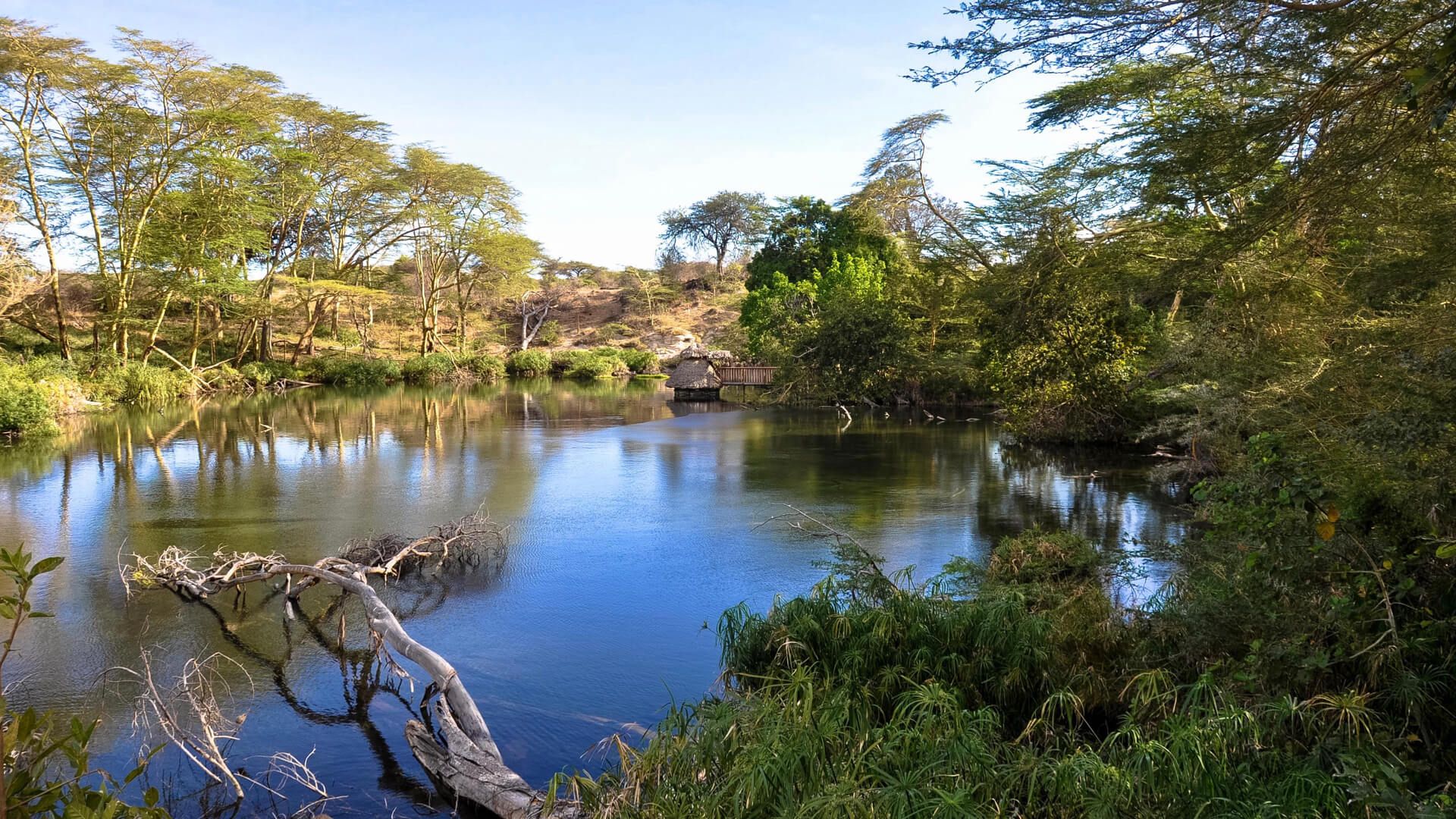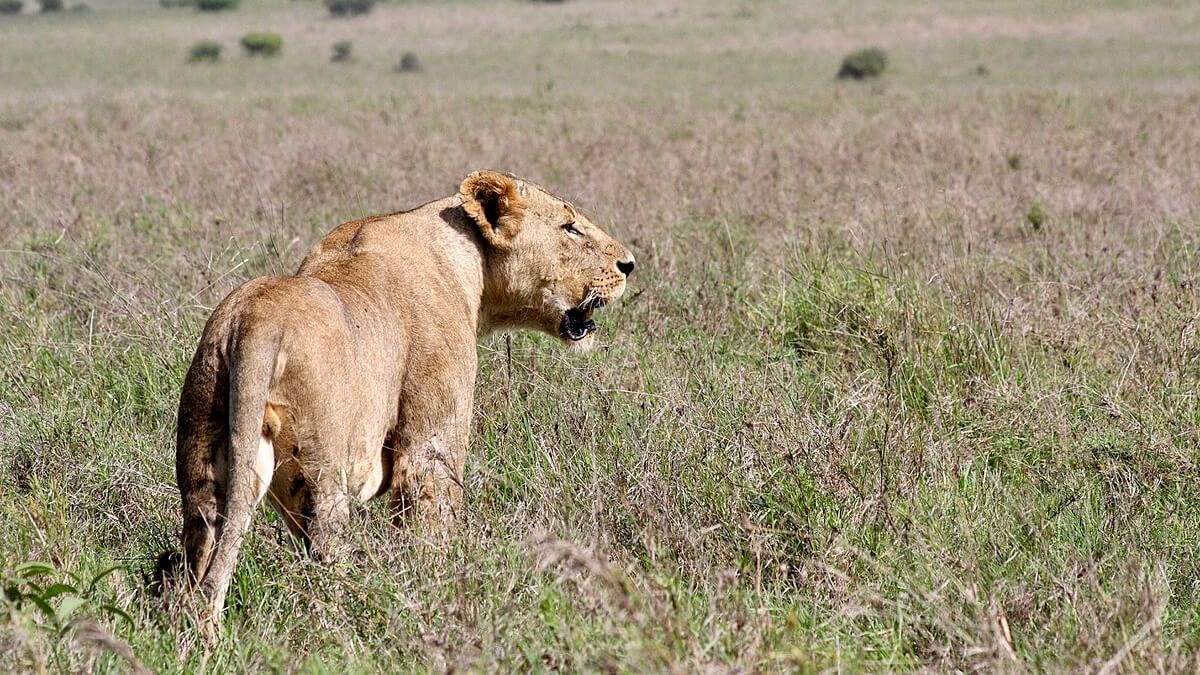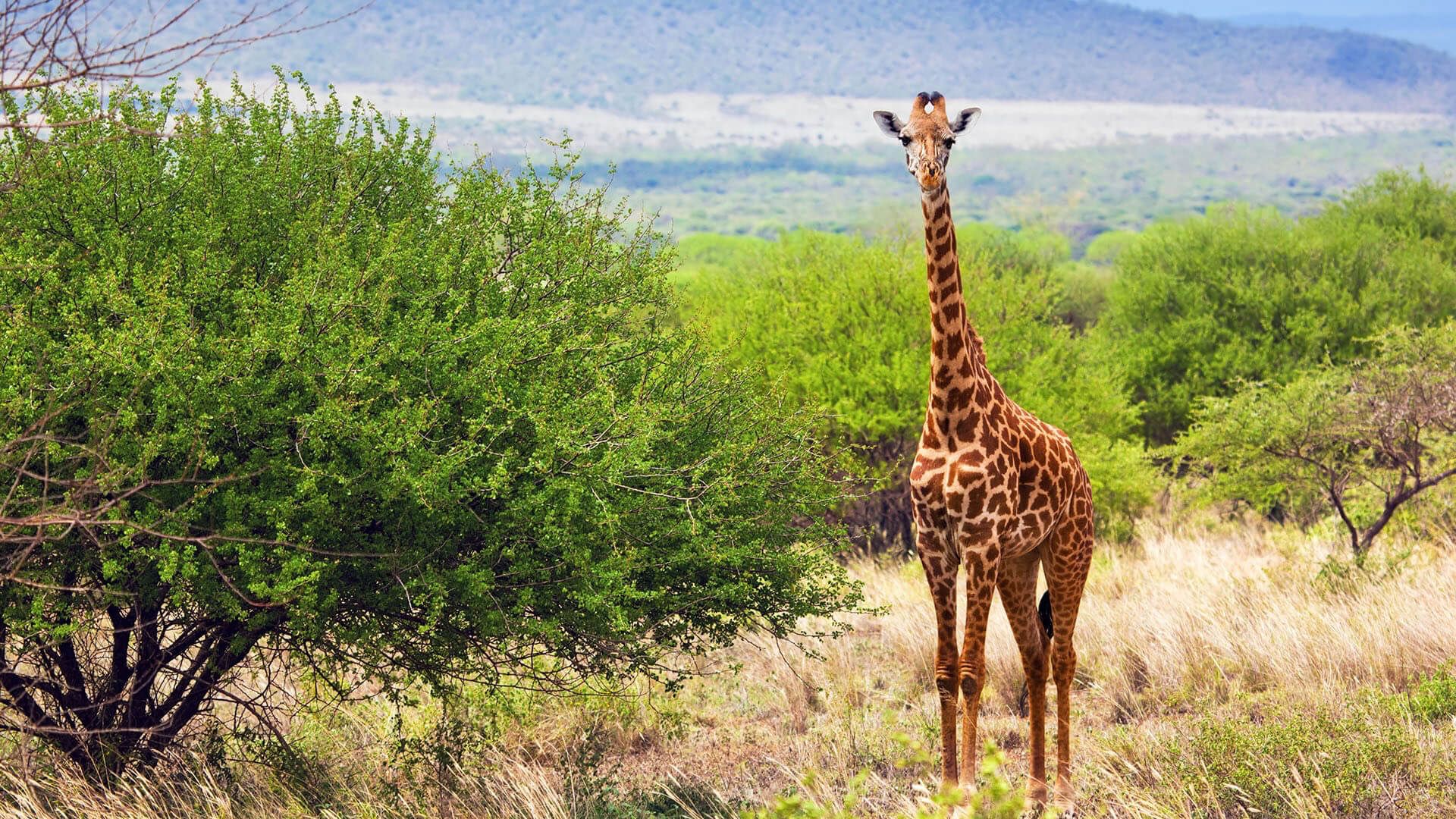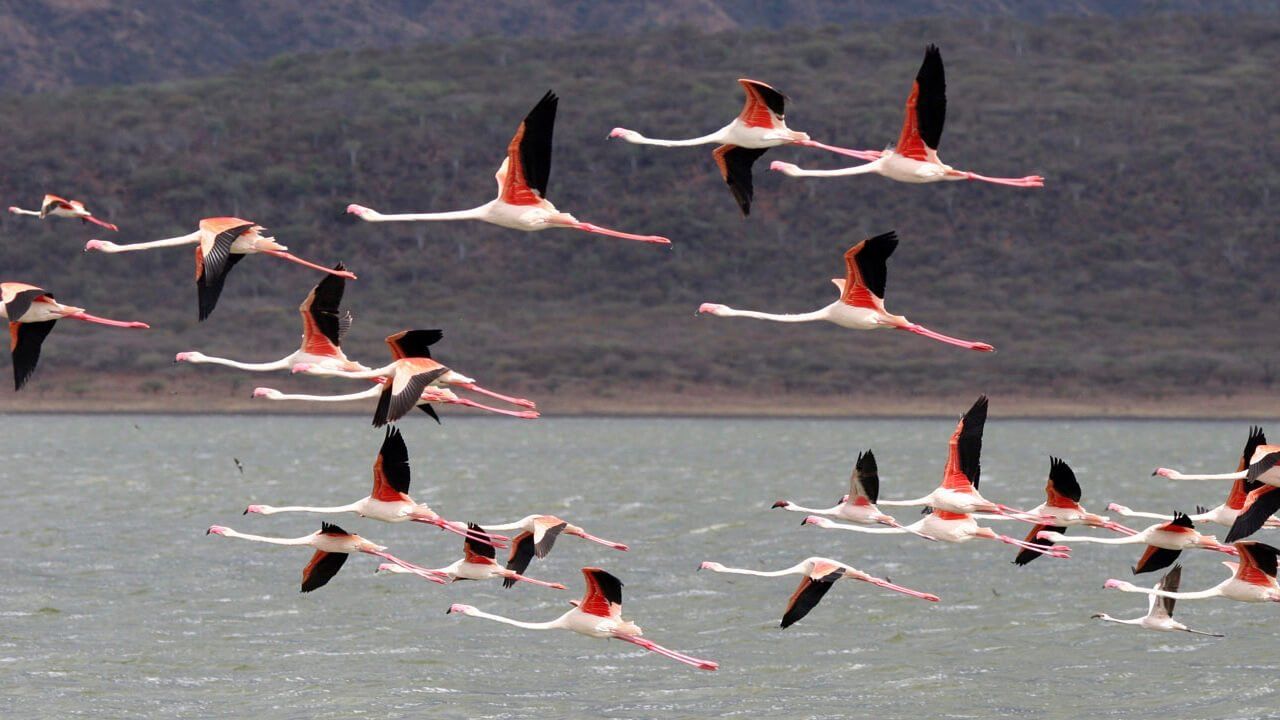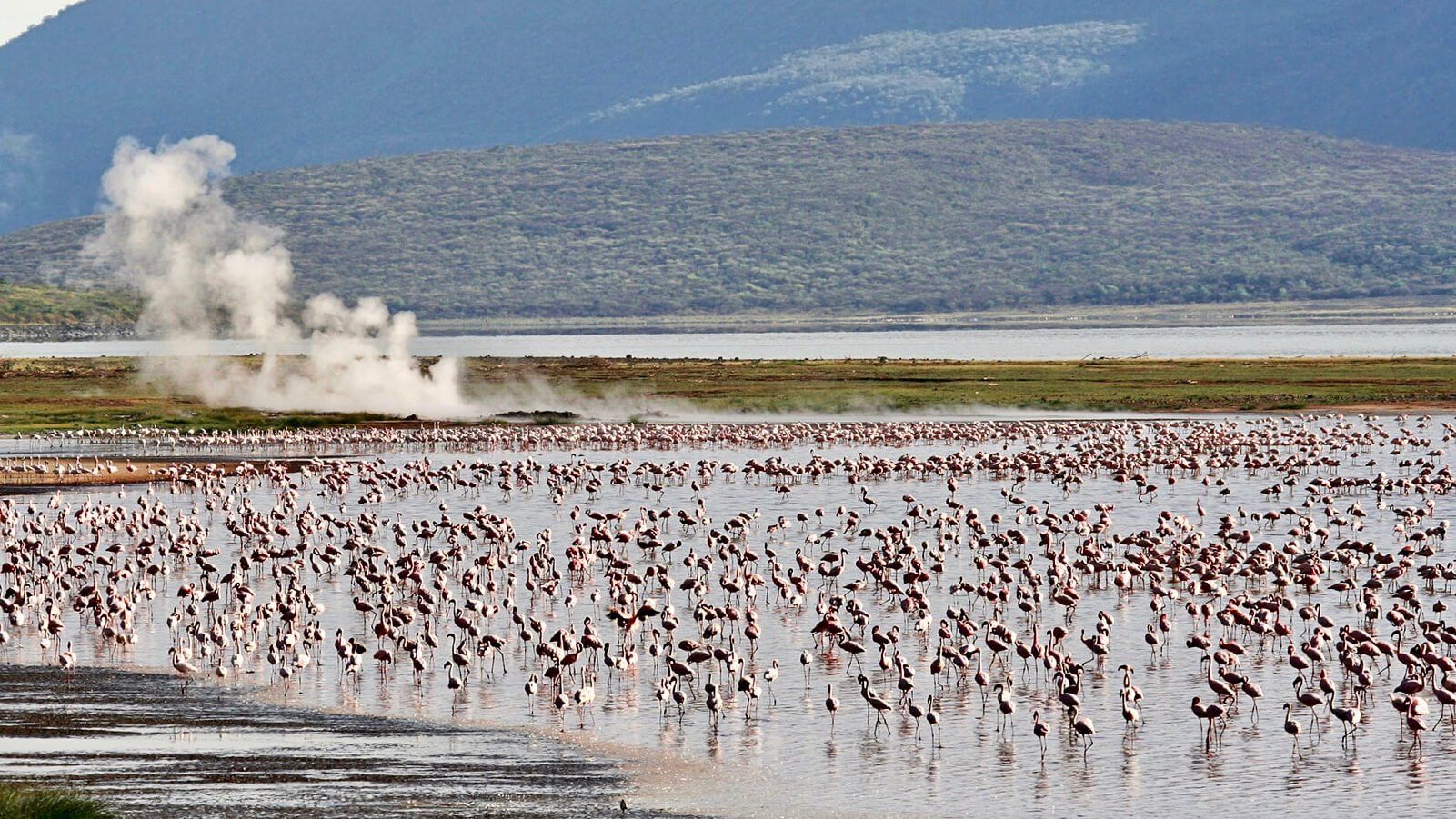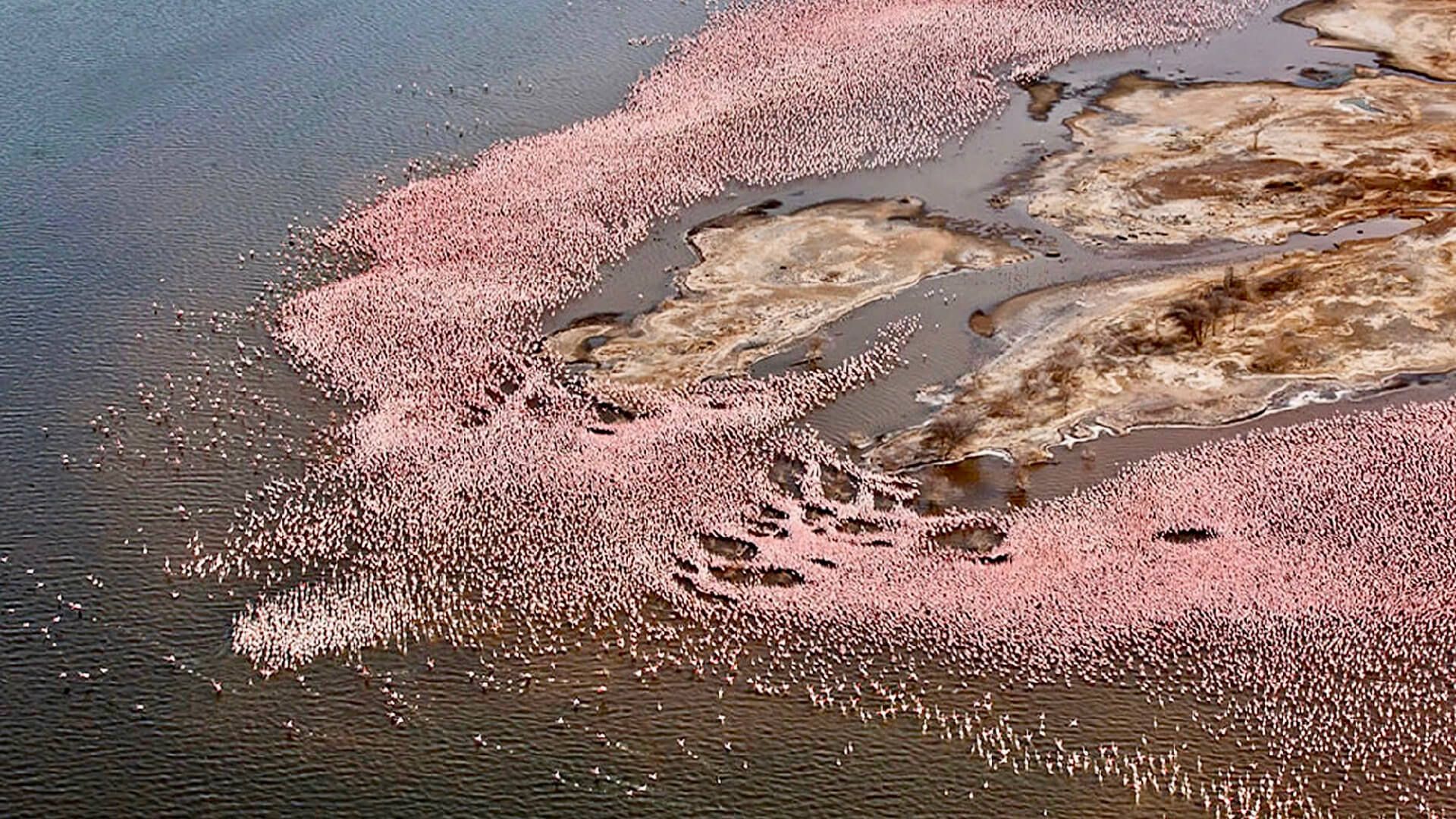KENYA SOUTHERN CIRCUIT
Kenya National Parks - South of the Equator
THE GREATER MASAI MARA
- Mara Triangle:
The Mara Triangle, which is the north-western part of the Masai Mara National Reserve, is managed by the Mara Conservancy, a non-profit organization. It is divided from the rest of the Masai Mara National Reserve by the Mara River. The Mara Triangle is less visited and less crowded, resulting in abundant game sightings on the plains and between the volcanic hills that distinguish this corner of the Mara.
- Mara North conservancy.
This is a beautiful private wilderness area of more than 300 sq. km, effectively increasing the size of the National Reserve by 20%. It is a vital part of the Masai Mara ecosystem as it forms the north-western zone, bordering the Masai Mara National Reserve in the south. The Mara North Conservancy (MNC) is a partnership between eleven member camps and more than 800 Maasai landowners. The aim is to create a best-practice, world-class conservancy with long-term commitments to the environment, wildlife and local communities. This area is a key dispersal zone for the annual “Great Migration” and supports an extensive variety of additional species. The most recognizable include lion, cheetah, leopard, buffalo, hyena, elephant, crocodile, wild dog, giraffe, hippopotamus and over 450 bird species.
- Olare Motorogi conservancy:
It became a haven for big cats and forms part of the annual wildebeest migration route. The conservancy covers 350 sq. km, offering some of East Africa’s finest, year-round wildlife viewing. The area boasts one of the highest density of lions per square kilometre in Africa and over 50 different species of raptors have been identified. Tourism in the conservancy is limited to a maximum of 94 beds in five mobile camps. This equates to a ratio of one game-viewing vehicle for every 2,100 acres, a move that is aimed at maximizing the client’s wilderness experience and minimizing the environmental impact of tourism.
- Mara Naboisho conservancy:
Naboisho means "partnership" in Maa, the Maasai language. The 500 sq. km conservancy consists of land contributions from 500 Maasai landowners. One of the key motivations for creating the Mara Naboisho conservancy was to aid the protection and conservation of the wildlife and landscape. The conservancy is home to the big cats (in impressive numbers) and herds of elephant, giraffe and wildebeest. Unlike its neighbour, the National reserve, this private conservancy strictly monitors the number of tourists who enter the area, reducing the number of vehicles and the human impact on the environment and wildlife. The charm of the conservancy is its exclusivity.
- Isaaten conservancy:
A non-profit company established to create best practice in tourism and conservation, regain the conservation values of the area, enhance benefits of local communities, and promote low impact ‘private’ tourism. The conservancy is a critical wildlife dispersal area for migratory wildlife in the Mara ecosystem. Common animals include Burchell’s zebra, Thompson’s gazelle, impala, elephants, giraffes, spotted hyenas, jackals, African civet, genet, banded mongoose, warthog, tree hyrax and porcupine. Big cats, including lions, are also present. The conservancy is also a bird haven.
- Siana conservancy:
This 290 sq. km conservancy borders the Masai Mara National Reserve. The conservancy is home to all animal species found in the Mara ecosystem, except black rhinoceros. The area within the conservancy offers diverse landscapes and vegetation.
- Ol Kinyei conservancy: This pioneer award-winning conservancy was the first in the Mara eco-system to set aside an area exclusively aimed at wildlife conservation (no human settlements or cattle allowed). This 175 sq. km conservancy belongs to a Maasai community and provides them with tangible returns to help them improve their lives and not be solely dependent on cattle.
- BEST TIME TO VISIT
The Masai Mara has an abundance of game all year-round but the best time to visit Masai Mara is during the dry season. The wildebeest migration usually reaches the Masai Mara in August and remains until October when they move back to the Serengeti in Tanzania.
High season - July to November and January
Low season - March to May – rainy season
- ACTIVITIES IN MASAI MARA
GAME DRIVES
You can explore the natural dramas of the Serengeti in our state of the art 4×4 safari vehicles during morning, afternoon or full day game drives. During the game drive, our knowledgeable guides will introduce you to life in the savanna and share their infinite knowledge about African wildlife.
BIRD WATCHIN
Selous is one of the few places in Tanzania where you do game viewing from a boat. The Rufiji river is more than a mile wide but can become fairly narrow in the dry season which means that in some areas you will share the passage with hundreds of hippo and crocodiles. There is a magnificent gorge upstream called Stigler's Gorge which can only be accessed by boat and this is one of the best river safaris you can do. You should be spoiled with views of elephants coming down to drink and bathe, lion sunning themselves on the sand and hundreds of crocodiles of all sizes.
GUIDED WALING SAFARIS
Accompanied by an armed ranger, walking safaris can be enormously exciting and as much as anywhere else, there are areas of the Selous where creeping rather than walking pays high dividends. The areas surrounding the lakes are home to large numbers of buffalo, elephant and hippo and a competent guide will often be able to put you in a safe position to watch these animals (as well as many others) at surprisingly close range.
BIRDING
With its more than 440 species, Selous is a perfect spot for ornithologists. The most commonly seen bird species are African spoonbills, white fronted bee-eaters, white headed vultures, African fish eagles, spur-winged lapwings and francolins.
FLY CAMPS
Experience a unique experience of sleeping out in the wild with only the sounds of the African bush around you, the stars being your only light. This is one of the most amazing experiences you can have on safari! The fly camping tents are made of see-through mosquito net to offer a 360degree view of one of the most unique settings you will ever sleep in. Camp staff set up the fly camps in advance and you can either walk there as part of your safari activity or drive there after your last game drive. Fly camping is about adventure, not luxury. Your tent is simple, the bed is very comfortable and the crew prepare fantastic meals in the middle of the wilderness. There is a bucket shower within the outside bathroom facility.
AMBOSELI NATIONAL PARK
- BEST TIME TO VISIT
Although Amboseli can be visited at any time of the year but the best time to visit is during dry months, which are June to October and January to February. Wildlife watching can be better during the dry season and the visitors have a better chance to view the abundant wildlife that the park boasts. During July to October wildlife gather around watering holes in Amboseli.
- ACTIVITIES IN AMBOSELI NATIONAL PARK
GAME DRIVES
Game drives in Amboseli allow the visitors to get up close and personal with the wild animals and provide a truly refreshing and exceptional encounter to a traveller while watching the sunrise and sunset in exceptional tones of colour change over the horizons.
MOUNT KILIMANJARO VIEWS
Amboseli National Park is towered by Mt Kilimanjaro which stands 5896m high and is the highest point in Africa. The picturesque view of Kilimanjaro makes it a perfect tourist destination in Kenya attracting a large crowd every day.
OBSERVATION HILL
Situated in the west part of the park, Observation Hill is a cone shaped hill where you can get out of your vehicle and take a walk. It is one of the famous places to visit in Amboseli that offers a stunning view of the surrounding plains and swamps, as well as Mount Kilimanjaro in the distance.
MAASAI VILLAGE
To witness the cultural side of Kenya, the Massai community is the perfect place that showcases the best of Kenya. They lead a tribal way of life, which is worth exploring especially their traditional dances and clothing.
BIRDING
Bird watching is best between October and January if you want to see Kenya's migratory birds, including African skimmers, red and yellow bishops, goshawks, buffalo weavers and palm nut vultures, to name a few. It is home to more than 400 species of bird.
CHYULU HILLS NATIONAL PARK
- BEST TIME TO VISIT
Chyulu Hills is an extraordinary wilderness safari destination any time of the year. Wildlife viewing is usually best in the dry months from June to October and January to February.
Migratory bird species arrive in the park from October to April, transforming the landscape into a birdwatcher's paradise while the brilliant green grasses and flowers of the long rains create stunning contrasts with the distant Kilimanjaro.
- ACTIVITIES IN CHYULU HILLS NATIONAL PARK
GAME DRIVES
Explore the wilderness on day and night game drives, ending your day with a sundowner watching the sun set behind the highest free standing mountain in the world.
VISIT THE LAVA TUBES OF THE KISULA CAVES
Chyulu Hills boasts some of the deepest known lava tube caves in the world. The numerous lava tube caves, collectively known by the local community as Kisula Caves, criss cross the depths of Chyulu Hills. The Upper Leviathan Cave has been extensively explored and at 11.5km long, and has been established as one of the longest caves in the world.
WALKING SAFARIS
There are no set hiking trails on Chyulu Hills, however numerous animal trails crisscrossing the park provide convenient routes to take as you explore the wilderness. With the mountain range spanning over 100km from one end to the other, you will be spoilt for choice for areas to hike. Unlike some mountain ranges where you encounter dramatic cliff drops, the Chyulus provide a gentle gradient, suitable for the novice hiker.
BIRD WATCHING
The park is also home to a variety of birdlife with an especially excellent bird watching site in Lake Jipe in the south-west corner of the park. The lake is fed by run-off from Kilimanjaro and the North Pare mountains.
HORSE RIDING
Horseback riding also offers a distinct and unobtrusive way to view wildlife, in that the wildlife see you as just another animal in their environment.
HELL’S GATE NATIONAL PARK
- BEST TIME TO VISIT
As a park not so dependent on game for its fame, Hell's Gate National Park is popular throughout the year. However the best time to visit Hell’s Gate for wildlife viewing is June and March.
- ACTIVITIES IN HELL’S GATE NATIONAL PARK
WILDLIFE VIEWING
While not known for game viewing, Hell's Gate is still home to a diverse range of animals. Large herds of buffalo, elands, Thomson's Gazelle, and warthog can be spotted within the park, as well as the Masai giraffe. You can hop in a car, go on bike or on foot and head into the savannah to look at a range of stunning wildlife.
THE MERVYN CARNELLY RAPTOR HIDE
An especially popular spot for bird-watchers, the Mervyn Carnelly Raptor Hide is an observation deck and hiding place designed especially for people wishing to observe and photograph birds of prey up close.
HIKING
There is a stunning hike through Hells Gate Gorge which lasts around 1-2 hours. The gorge is lined by red cliffs and the hike takes you through a maze of rock formations and eventually to a stunning viewpoint of the park and if you continue going to some hot springs. There is also an option to hike up one of the two extinct volcanoes in the park. The hikes are long but the views at the top are second to none.
ROCK CLIMBING
Near Hell’s Gate Gorge are two volcanic plugs called Fishers Tower and Central Tower. Fishers Tower is a free-standing spike of rock between 30 and 40 meters high. The tower offers 6 climbing routes and the rock is good quality from top to bottom with a bolted anchor point for descent. Several of the routes are very enjoyable climbing for all abilities, and the top of the tower is the place to be with 360 views of the surrounding area.
SOYSAMBU CONSERVANCY (LAKE ELMENTEITA)
- BEST TIME TO VISIT
Lake Elmenteita offers good wildlife viewing throughout the year, but the rains might interfere with your game drives in the wettest months, April and May.
- ACTIVITIES IN LAKE ELMENTEITA
GAME DRIVES
A uniquely specialised activity, a night game drive is the ultimate safari experience. In the Soysambu Conservancy, night time is the exclusive domain of hunters such as leopards, and it is the only time when you may catch a glimpse of elusive nocturnal creatures such as aardvarks and spring hares.
HORSE RIDING
Venture out into Kenya’s stunning Soysambu Conservancy and explore the beautiful shoreline of Lake Elmenteita.
GUIDED NATURE WALKS
Opt to experience the true thrill and visual splendour of an authentic African safari, through a guided nature walk by a professional naturalist. The conservancy is abundantly populated by wildlife and every walk offers you the opportunity to see herds of giraffes, zebras, gazelles, warthogs, buffaloes and many more.
BIRDING
The Conservancy plays host to 450 bird species. The lake itself is a good site for flamingos, especially since Lake Nakuru has been out of favour, and sees an estimated four hundred bird species in all (eighty of which are waterfowl). Pelicans can always be found here, and Elmenteita is the only breeding ground in East Africa for the great white pelican, which nests on some rocky islands in the lake.
LAKE NAIVASHA NATIONAL PARK
- BEST TIME TO VISIT
You can explore the best of Lake Naivasha throughout the year with it pleasing climatic condition. Talking about the best time to visit Lake Naivasha, the months from June to October are considered as the best time to travel around, exploring the wildlife and the scenic beauty.
- ACTIVITIES IN LAKE NAIVASHA NATIONAL PARK
DAY TRIP TO HELL’S GATE NATIONAL PARK
Lying towards the south, the Hell’s Gate is one of the top attraction at Lake Naivasha. The park not just holds the population of wilds like the zebras or the hartebeests but also the opens up the adventure for the visitors like rock climbing.
CRESCENT ISLAND
Boasting an abundance of wildlife and scenic beauty, the Crescent Island is the most visited tourist place in Lake Naivasha. The island, being the hub of immense wildlife and beauty makes it an ideal spot for safari and picnic.
TRIP TO MOUNT LONGONOT
Falling on the route to Great Rift Valley, the Mount Longonot is one of the known attractions for tourist at Lake Naivasha. The place is even known as the habitat for some wildlife including the population of zebras, buffalos, giraffes and gazelles.
BIRDING ON LAKE NAIVASHA
Fringed by papyrus and with the extinct Mount Longonot as a backdrop, this is a wonderful place to watch and photograph birds. Over 400 species of birds have been seen in the Rift Valley, and around Lake Naivasha. From boat trips on the lake you can get close to Cormorants drying their wings, Pink Backed Pelicans, Herons, colourful Kingfishers and Fish Eagles.
LAKE NAKURU NATIONAL PARK
- BEST TIME TO VISIT
Lake Nakuru offers good wildlife viewing throughout the year, but the rains might interfere with your game drives in the wettest months, April and May. Although there is great birdlife at the lake, conditions in recent years have become unfavourable for flamingos, which used to be a real attraction here. As a result, the flamingos have moved to other lakes in the Rift Valley.
- ACTIVITIES IN LAKE NAKURU NATIONAL PARK
GAME DRIVES
Game drives in the park are rewarding because a tourist is able to see various animal and bird species. The park is home to over 50 animal species including predators like the lions and the leopard. Lake Nakuru offering one of the best chances in Kenya of spotting black and white rhinos.
BIRDING
Lake Nakuru is home to a number of bird species with an estimate of over 400 species. During November to April, it’s the season for the migrant birds from North Africa and Europe, but it is also important to note that it’s also the breeding season for the migrant and the native birds.
TSAVO EAST NATIONAL PARK
- BEST TIME TO VISIT
The best time for safari in Tsavo is from June to October and from January to February. Tsavo experience a dry climate during these months with animals found near waterholes. The wet seasons November and April to May is not the time ideal time to visit the park due to dense vegetation. You can visit the national park at any period of time expect for the wet seasons to spot the majority of animals dwelling.
- ACTIVITIES IN TSAVO EAST NATIONAL PARK
GAME DRIVES
Set off on a game drive across the wilderness and you'll go hours without seeing another vehicle. Dust-red elephants grace the journey, thousands of them rumbling across Kenya's largest national park. Game drives take place at different times of the day such as morning game drives, evening game drives, full-day game drives, and night game drives. Night game drives offer a chance to see the nocturnal animals and also predators as they hunt.
BIDRING
Bird watching at Tsavo is definitely the best experience, especially during the migratory season between October and January.
TSAVO WEST NATIONAL PARK
- BEST TIME TO VISIT
Tsavo West is best visited in the dry months from June to October and January to February. During the dry seasons, the park offers more rewarding game drive experiences compared to the wet seasons when the roads are slippery and muddy and the vegetation becomes thicker, making it difficult to view the animals. For a satisfying birding experience in the national park, the months from October to April are recommended.
- ACTIVITIES IN TSAVO WEST NATIONAL PARK
GAME DRIVES
Game viewing is slightly more challenging here but the Big 5 are resident and a great variety of antelope can be seen. Some local animals to look out for include the fringe-eared oryx, klipspringer and Maasai giraffe.
BIDRING
Birding in Tsavo West can be done at different birding spots such as Mzima springs which offers great opportunity to sight the birds in their nests. Bird species viewed during game drives include; pied kingfisher, Vulturine guinea fowl, African finfoot, reed warbler, corncrake, lesser kestrel, martial eagle, northern brownbul, Pangani longclaw, river warbler, red-backed shrike, red-bellied parrot, slender tailed nightjar, black-faced sand grouse.
ROCK CLIMBING AT TSAVO
The landscape of Tsavo has some incredible cliffs and hills where you can enjoy the guided rock climbing session. The top view offers the climber to explore the vast plains of the park laced with the population of elephants.
GUIDED WALKING TOUR
A guided walking tour amidst the wild habitat of Tsavo is the best activity to do during the tour. Not just walk and explore the creature dwelling near the trails, but the tour will let you learn more about their wild environment and behaviour.
BOAT TRIPS
A shallow sump-like waterbody set in the far south of Tsavo West below Tanzania’s North Pare Mountains, Lake Jipe attracts plenty of elephants and supports large numbers of hippo and crocodiles. Boat trips offer an opportunity to see localised aquatic birds such as Lesser jacana, Pygmy goose and Black coucal.
LAKE BOGORIA NATIONAL RESERVE
- BEST TIME TO VISIT
The best time to visit is when there are lots of flamingos, but this is unpredictable. At most times of the year though, there are usually a good number of flamingos, which makes it worthwhile visiting at any time of the year.
- ACTIVITIES IN LAKE BOGORIA NATIONAL RESERVE
BIRDING
They are the huge flocks of flamingos who visit the still waters of the lake to feed on the algae. Since the lake has no outlet, it is saline and therefore a lot of blue and green algae, which forms different shades of the lake too apart from the pink of the flamingos.

